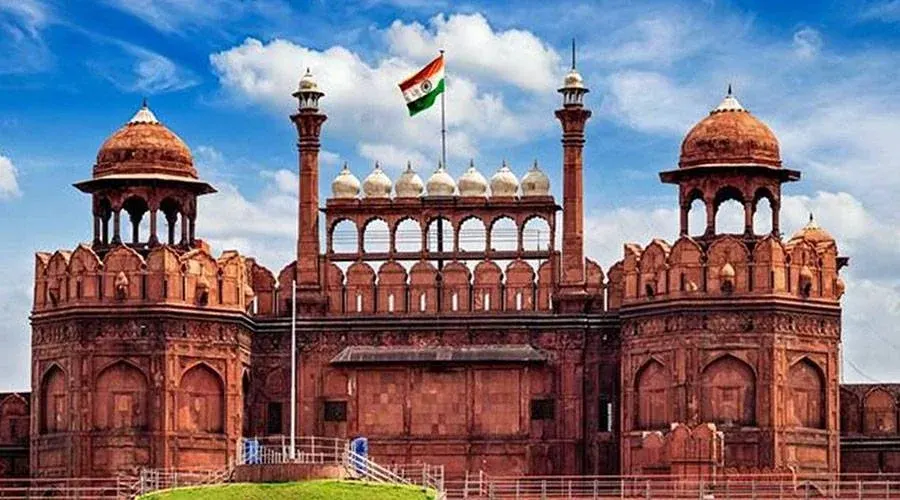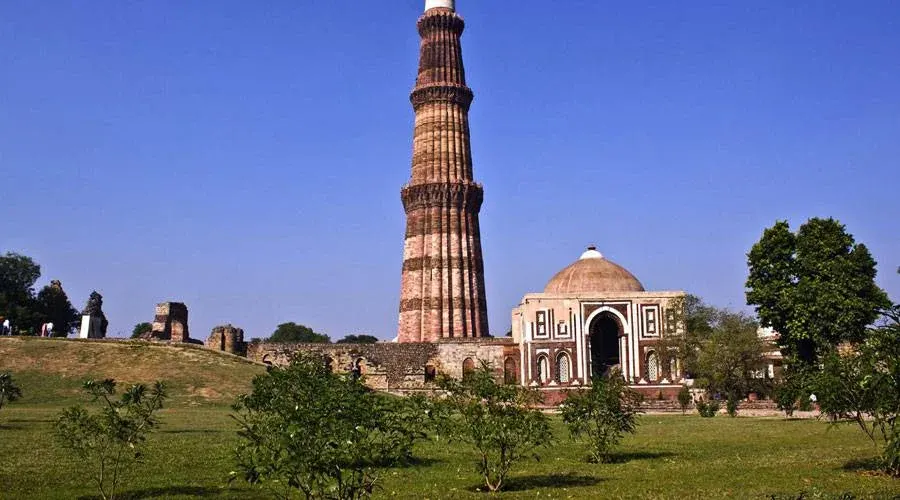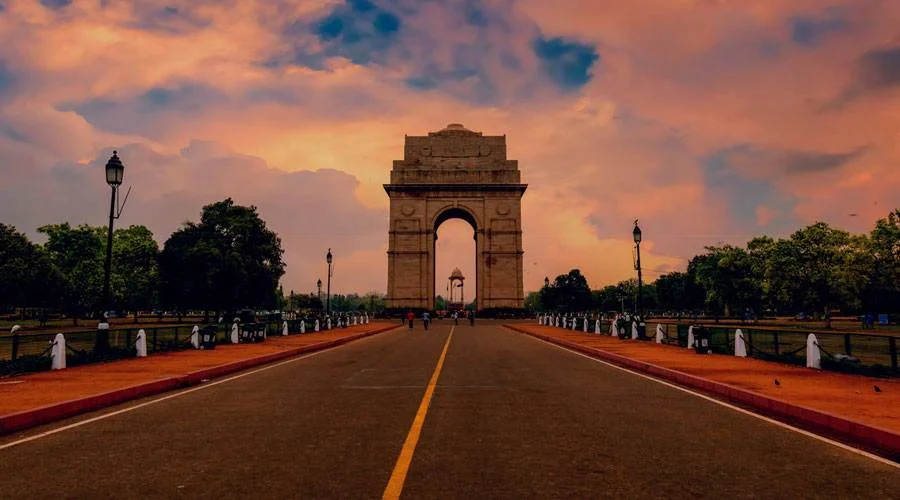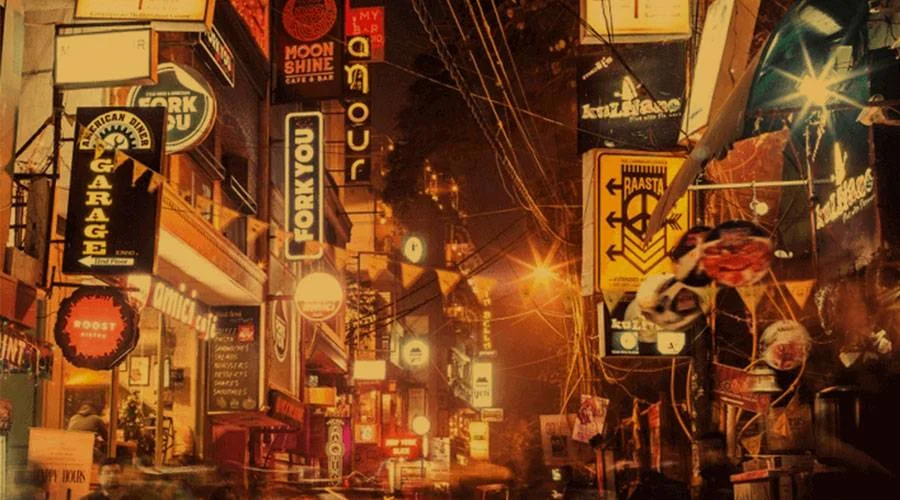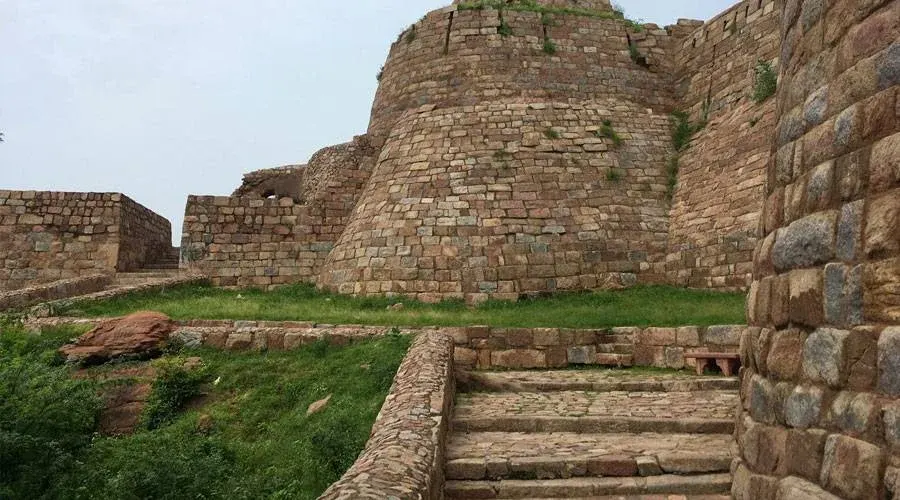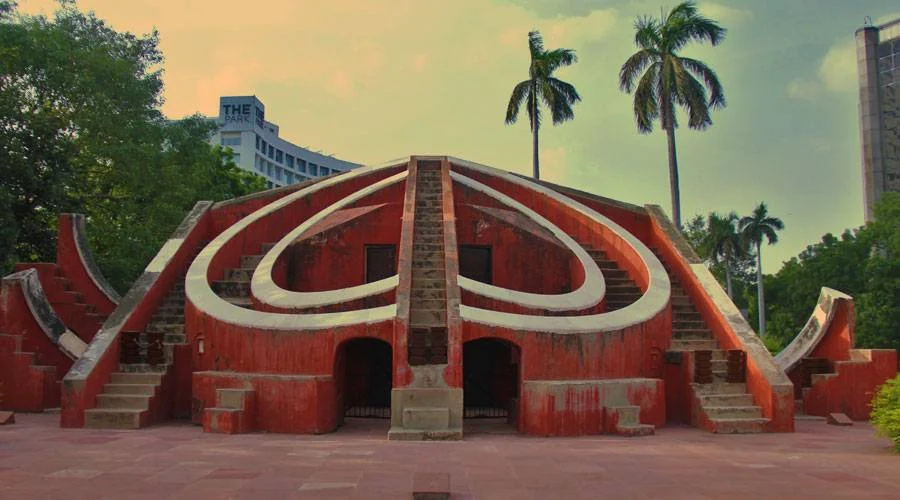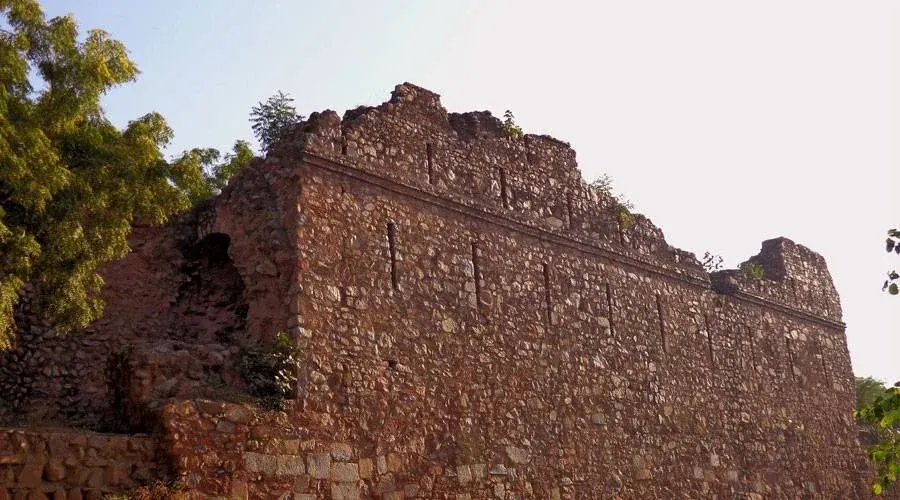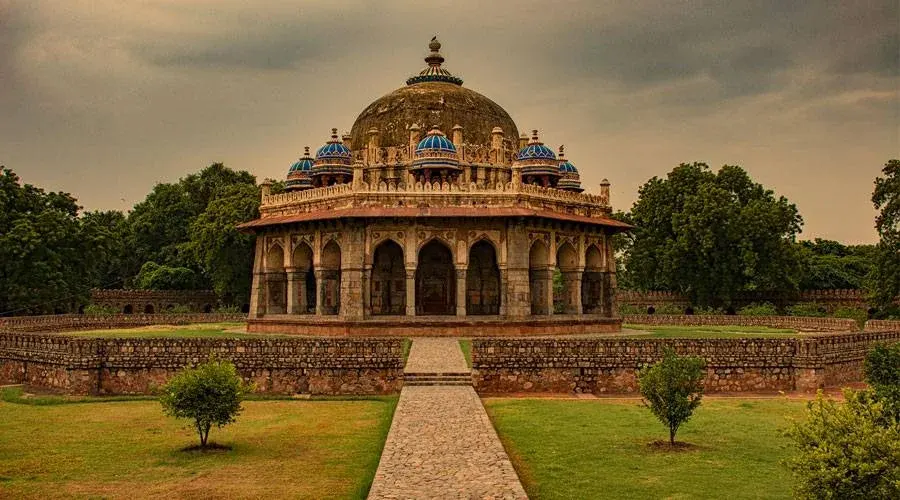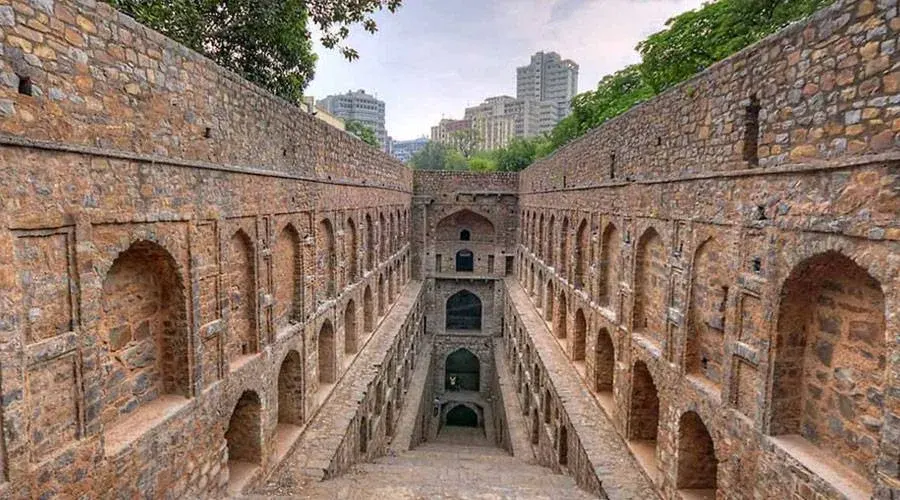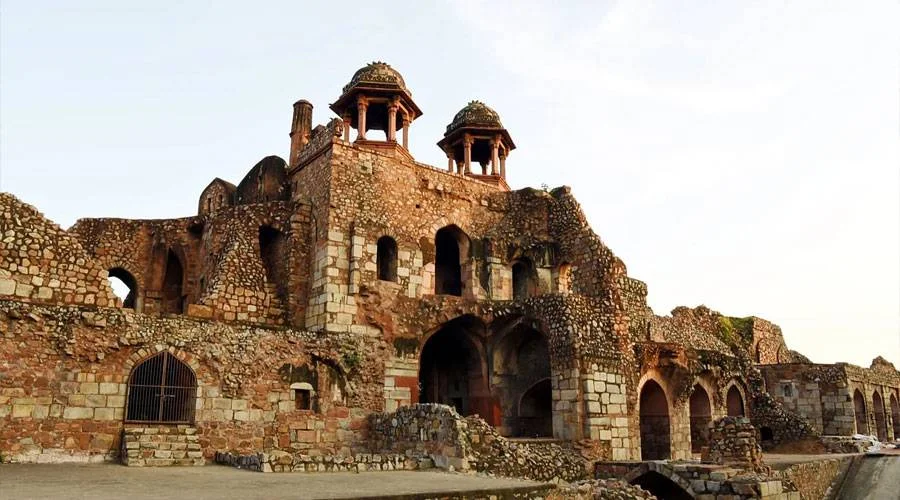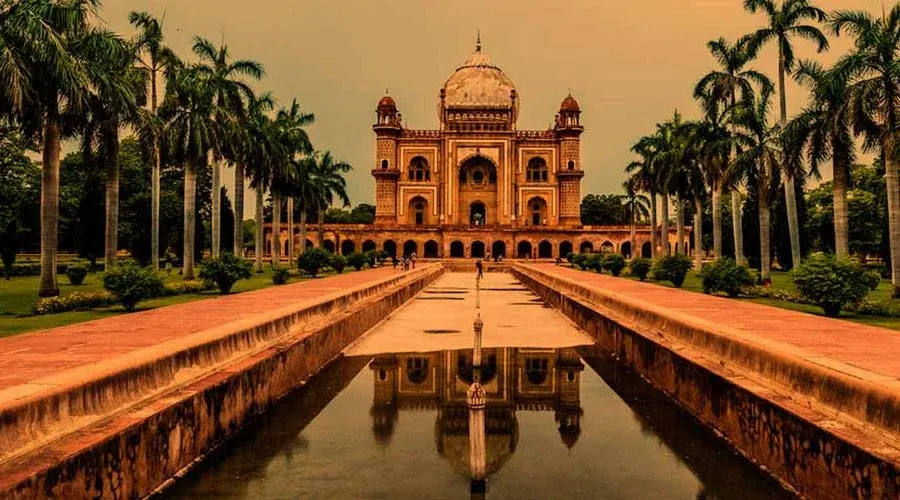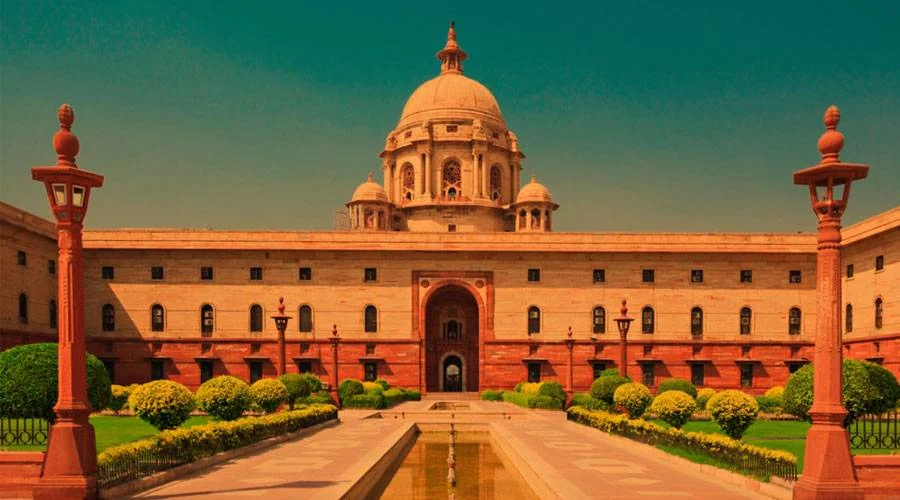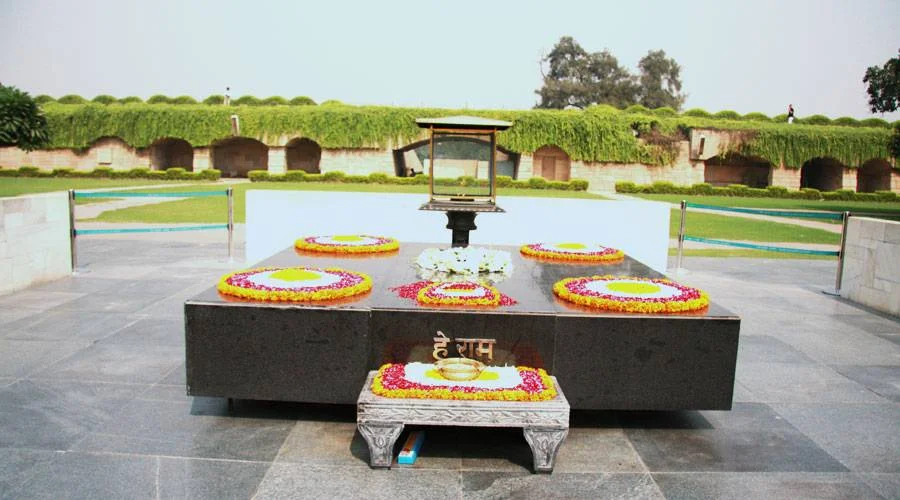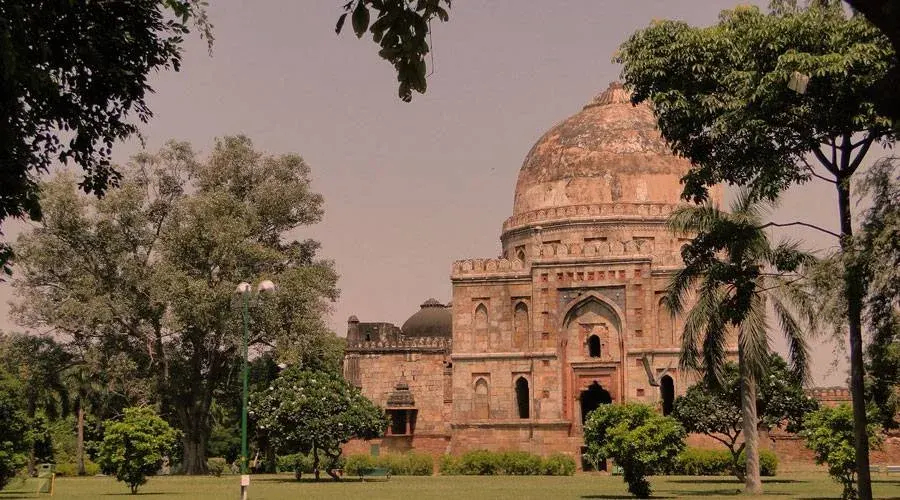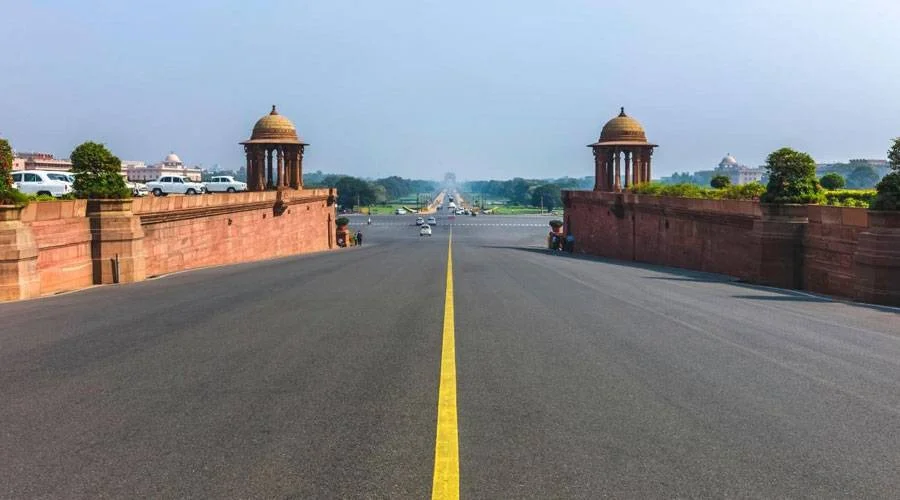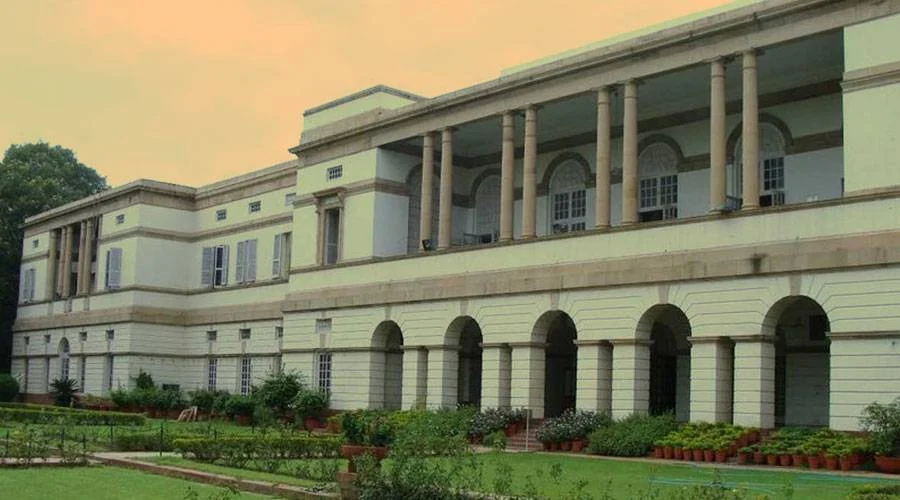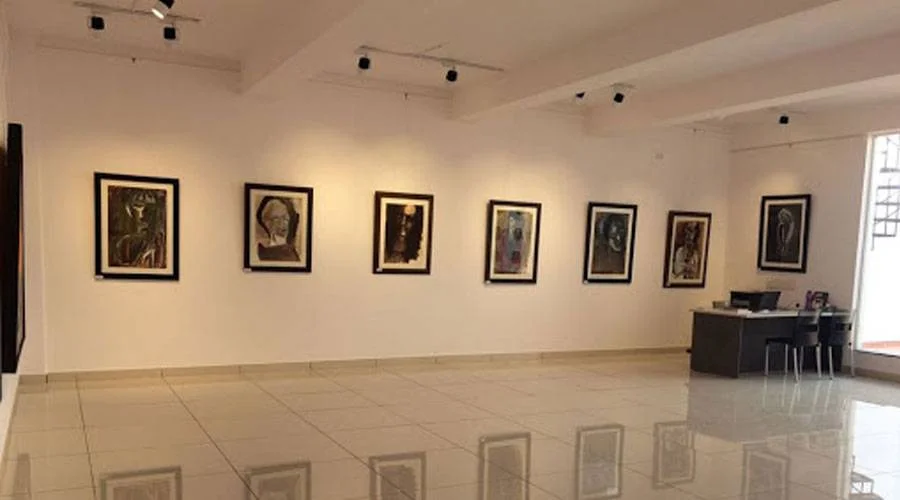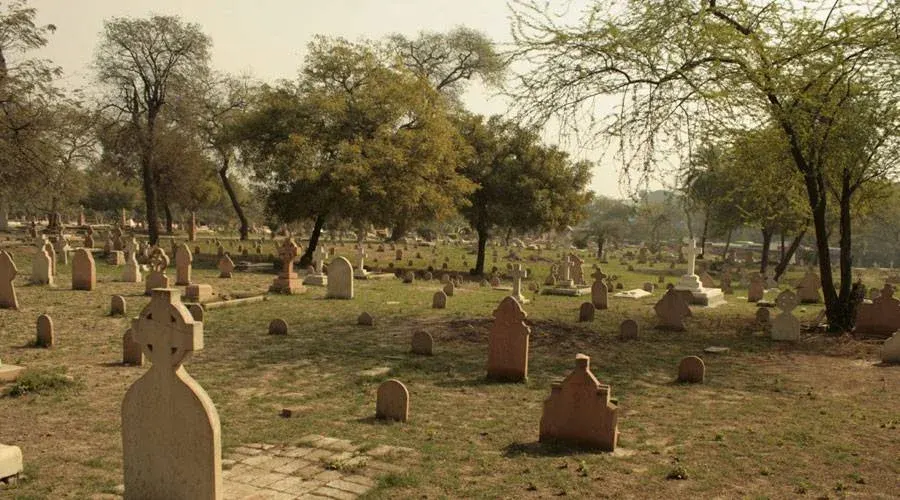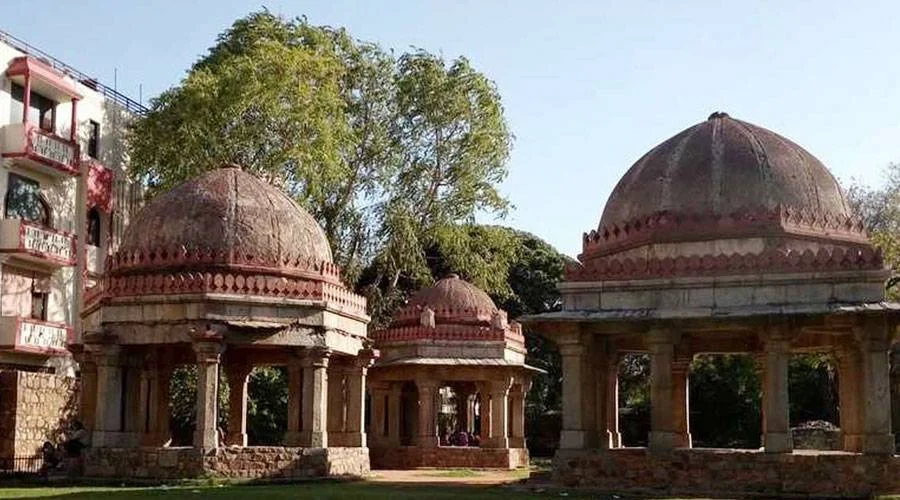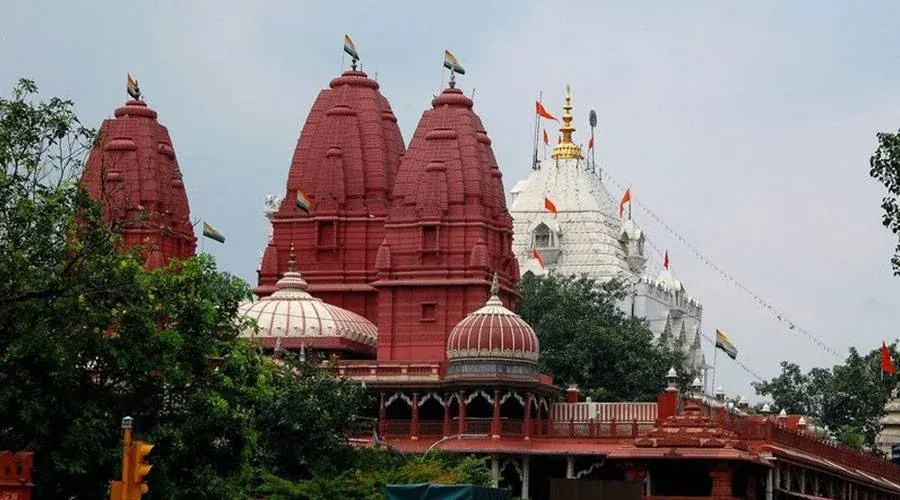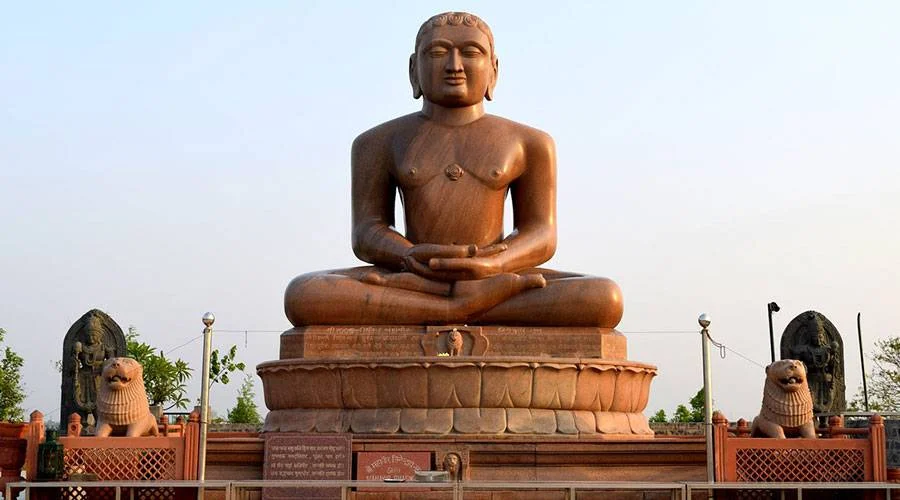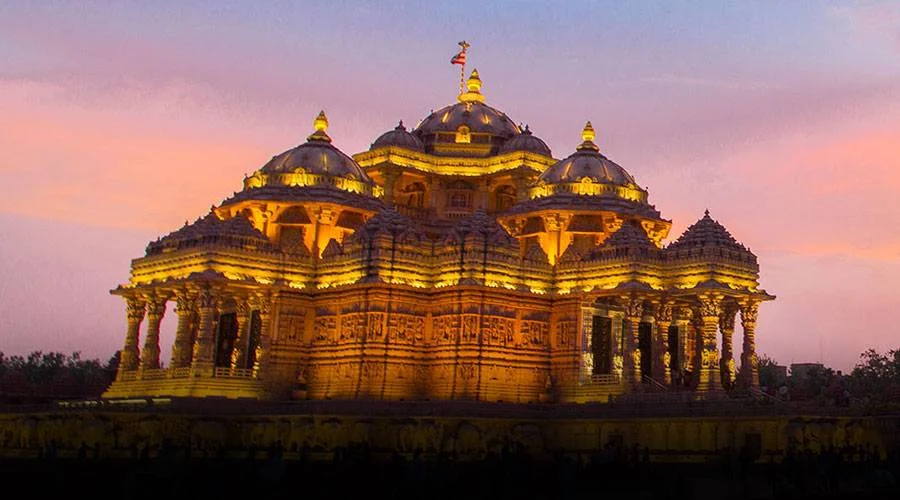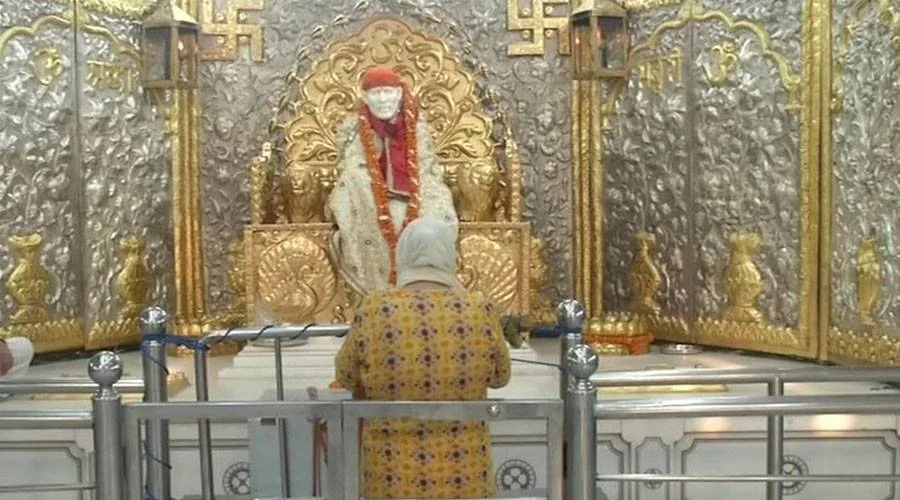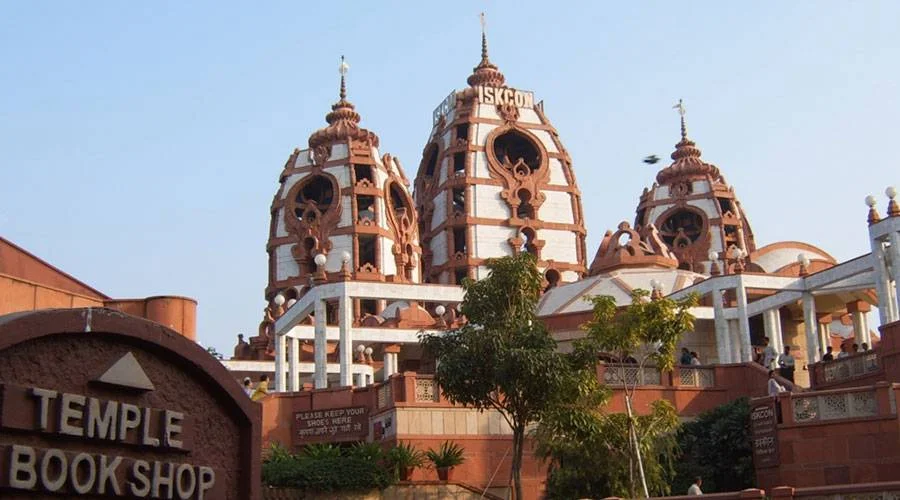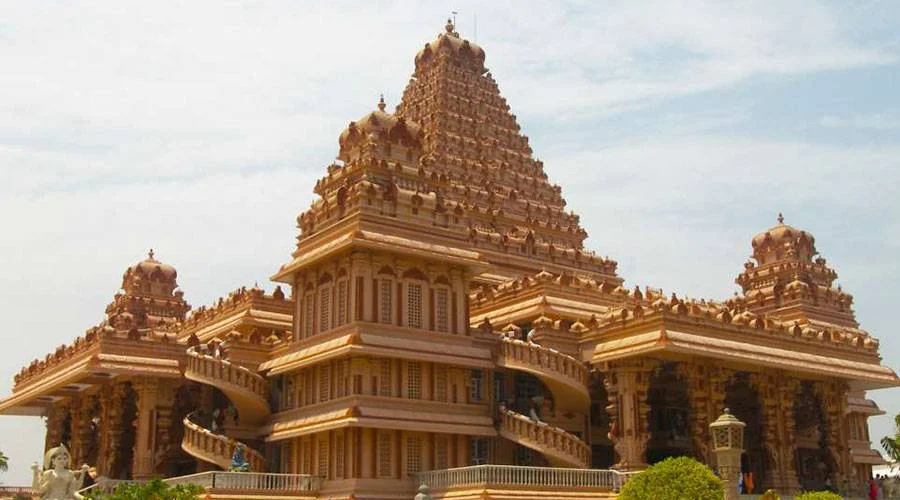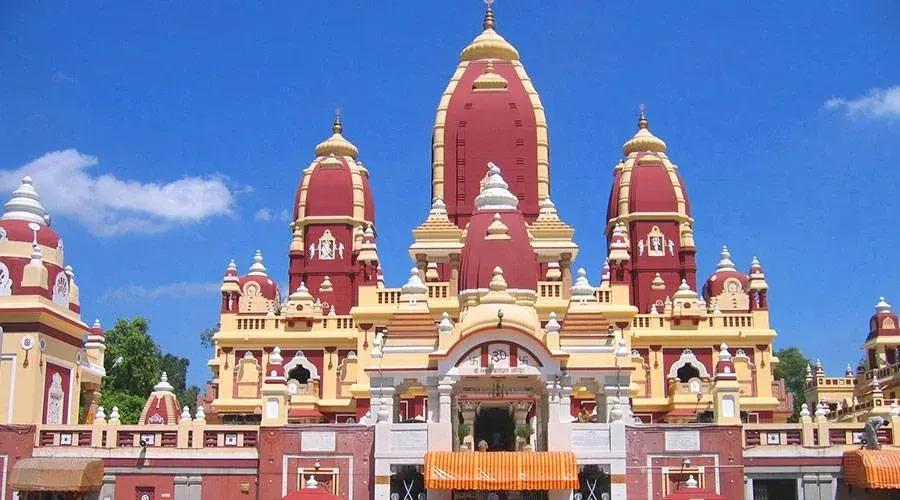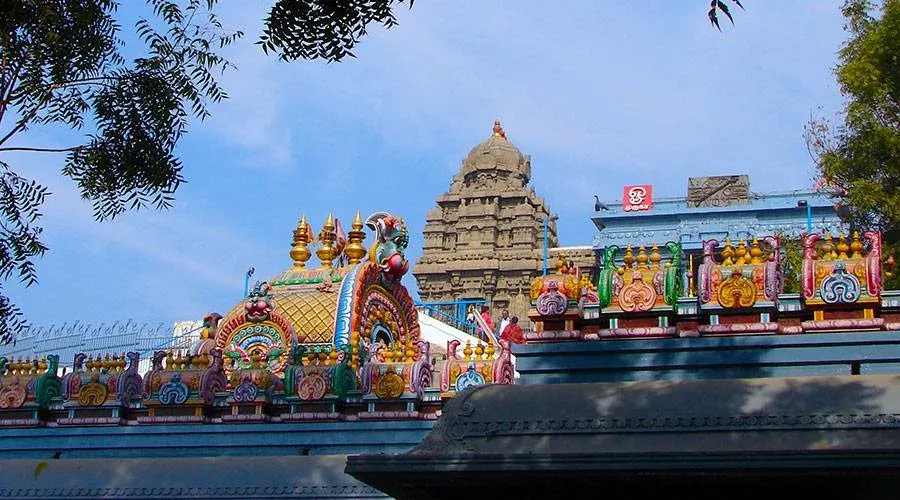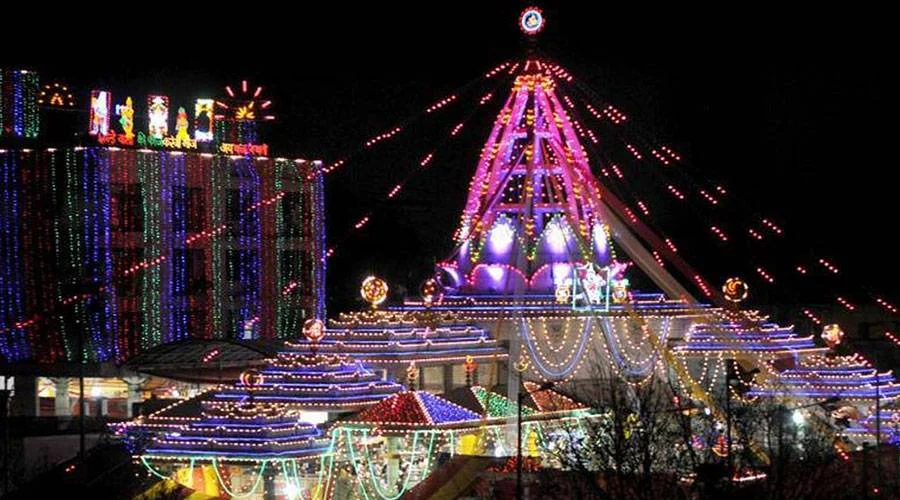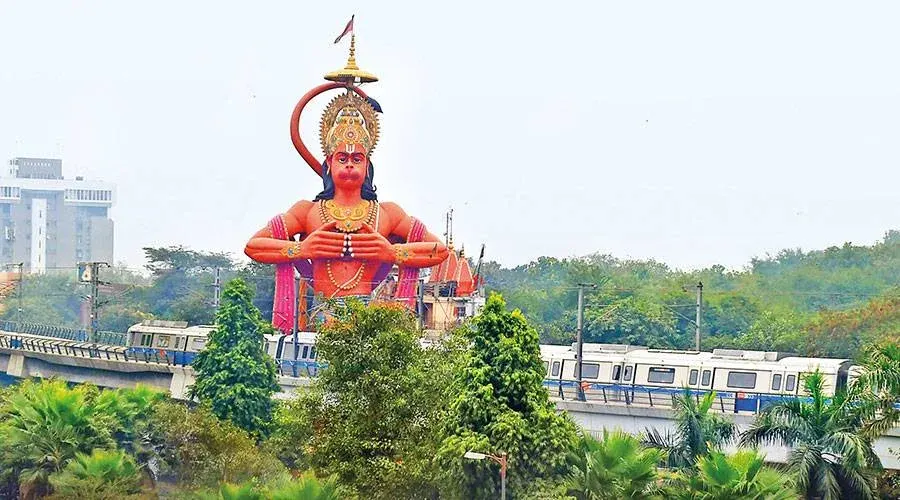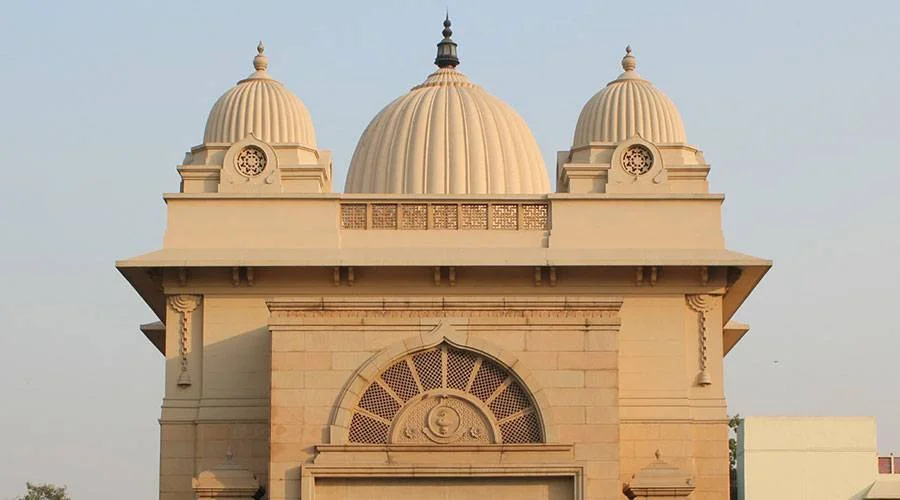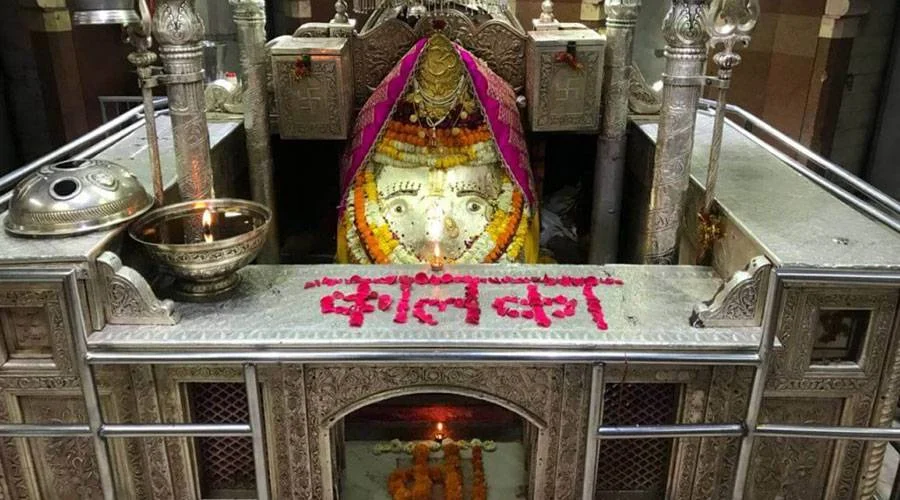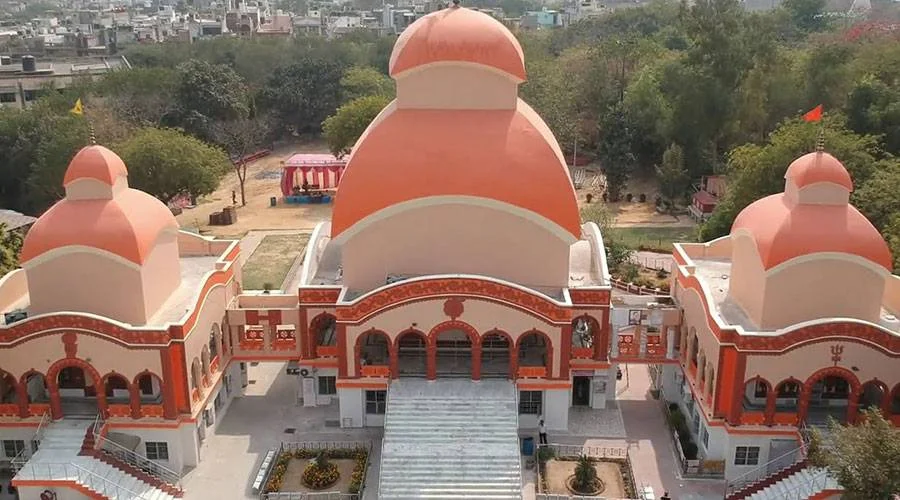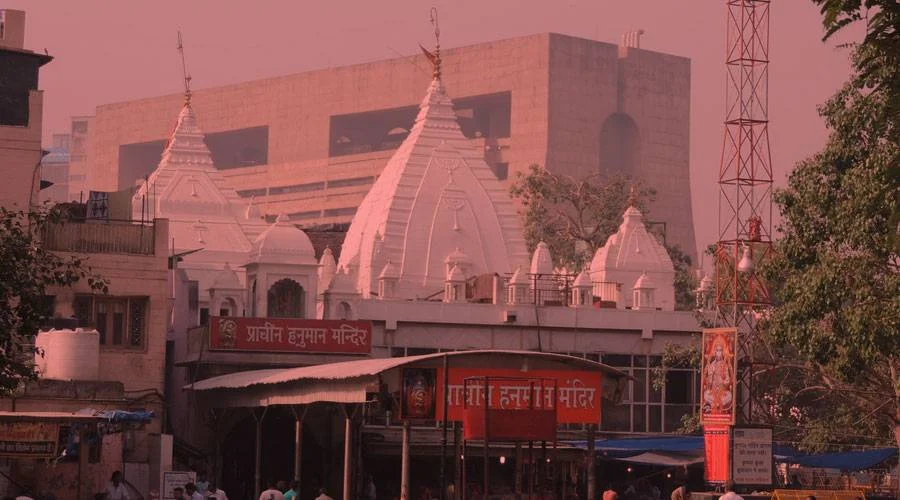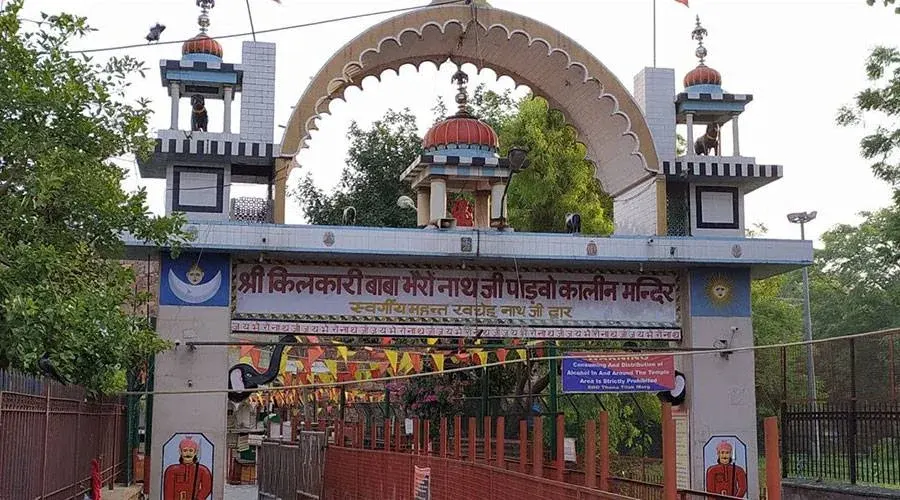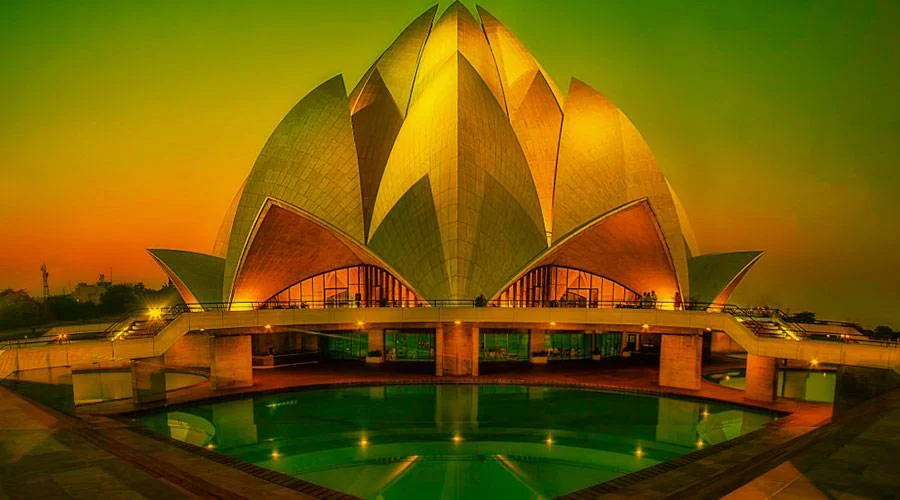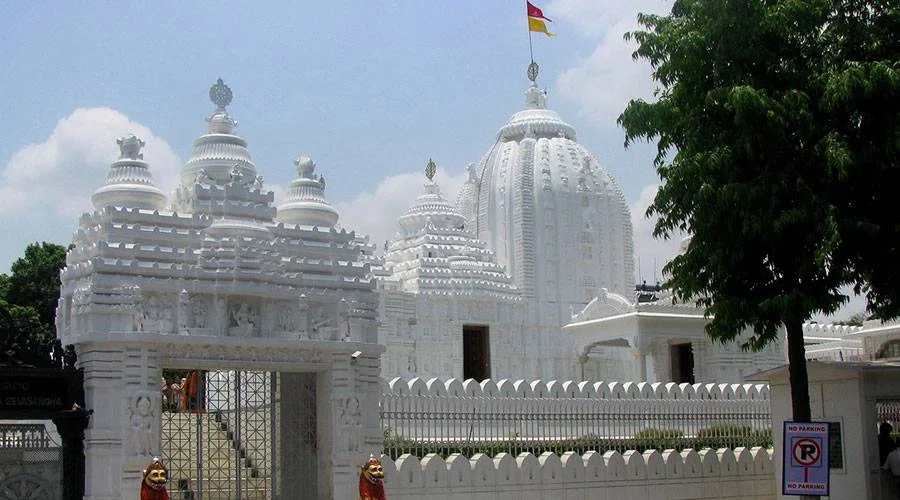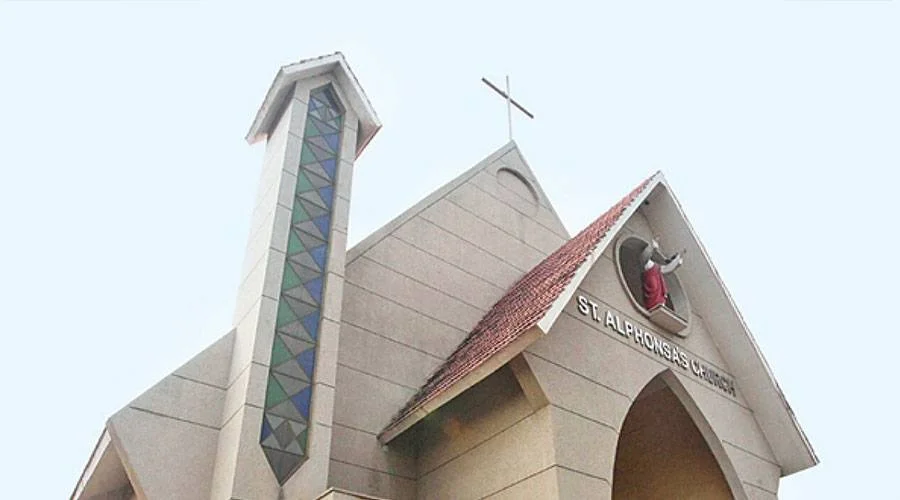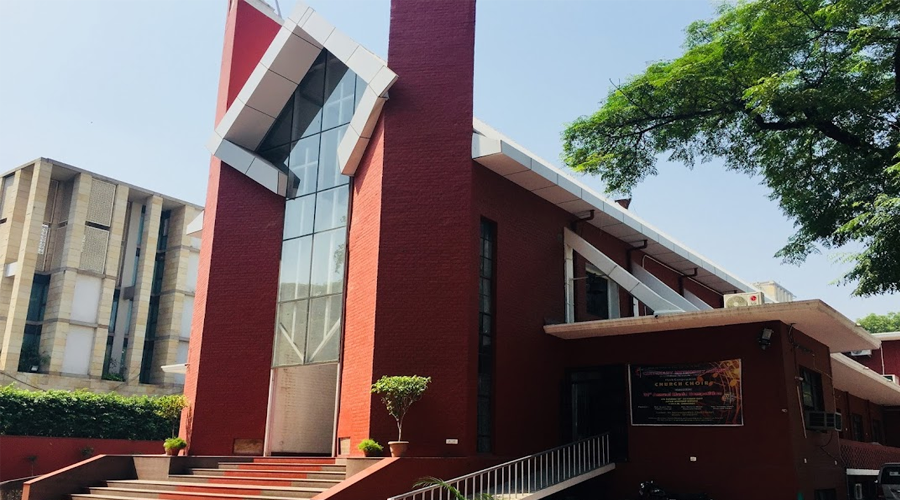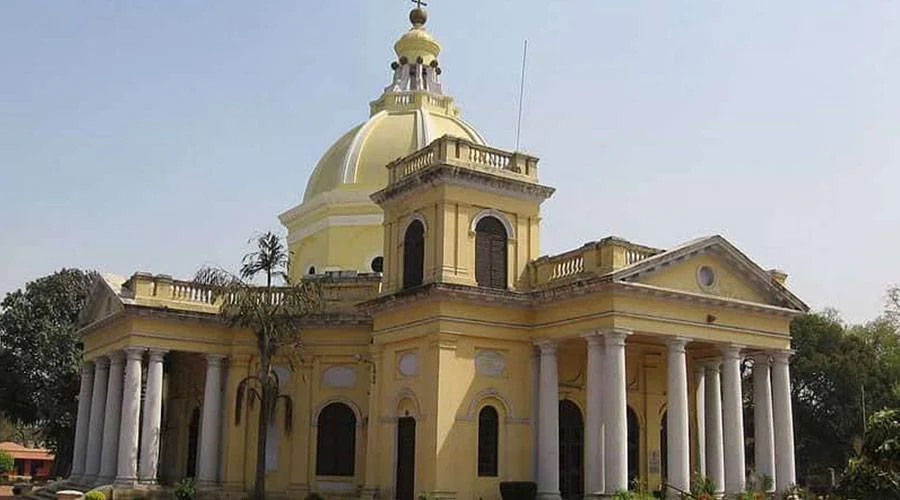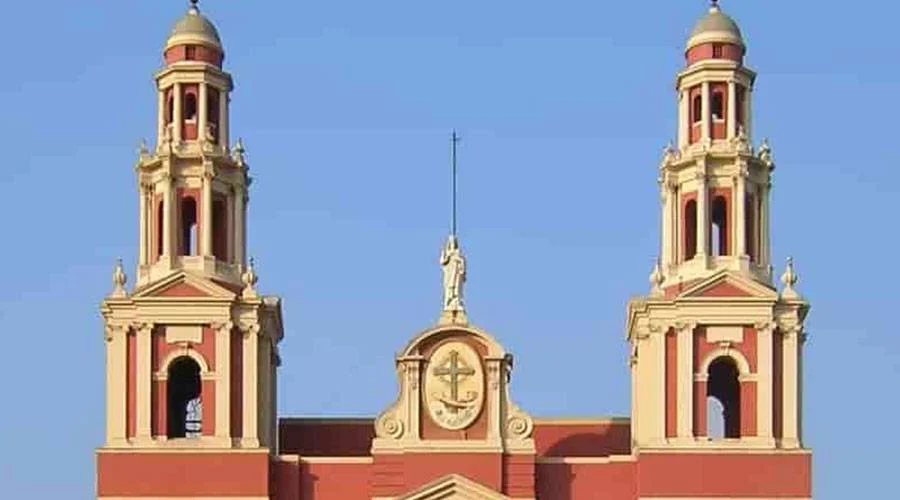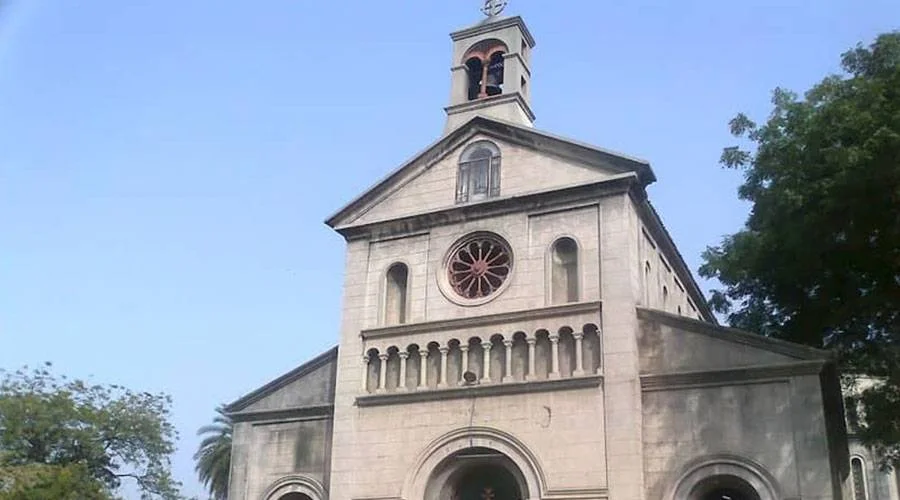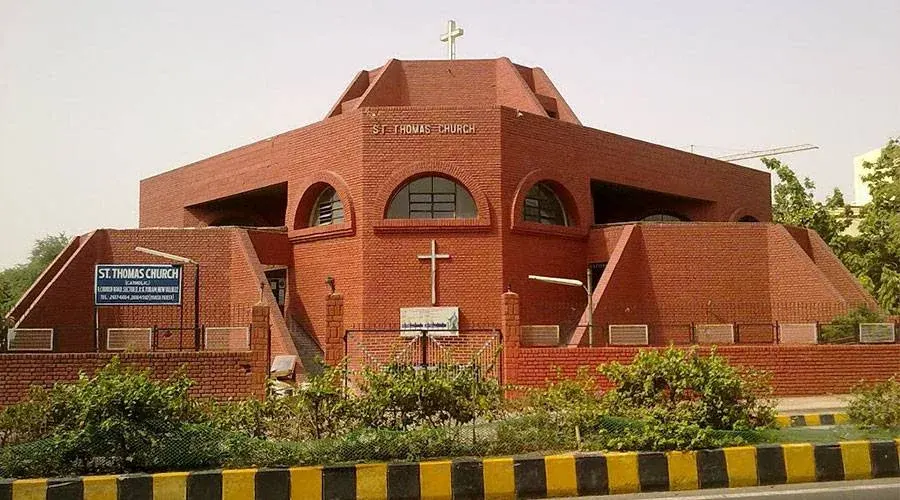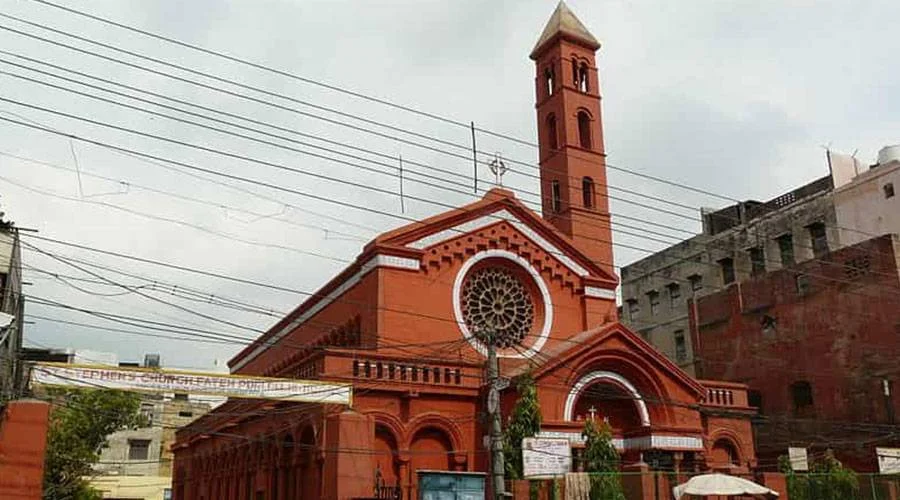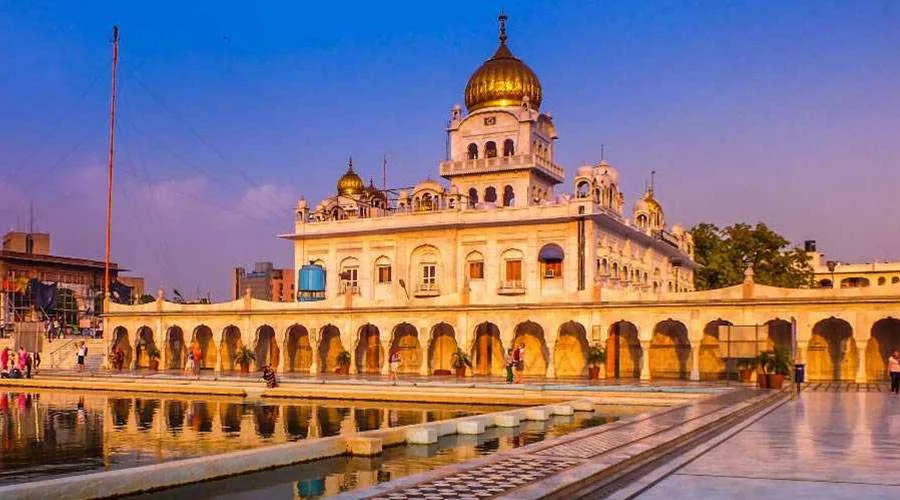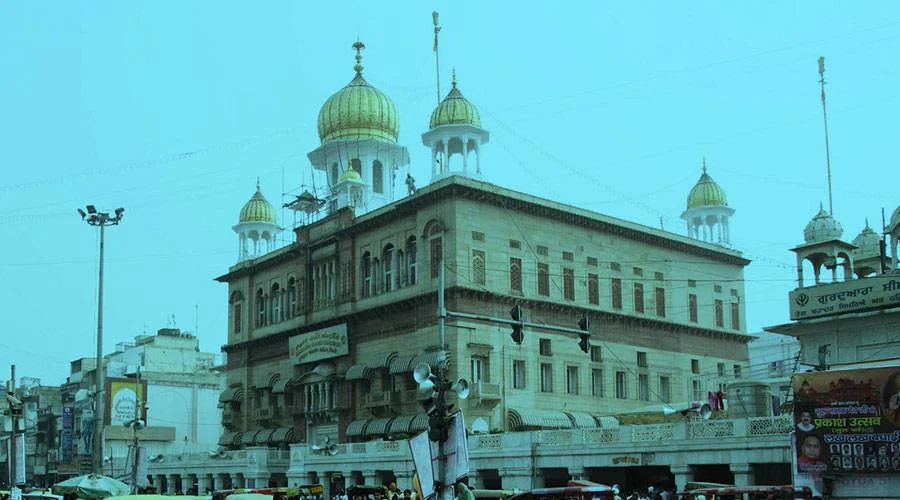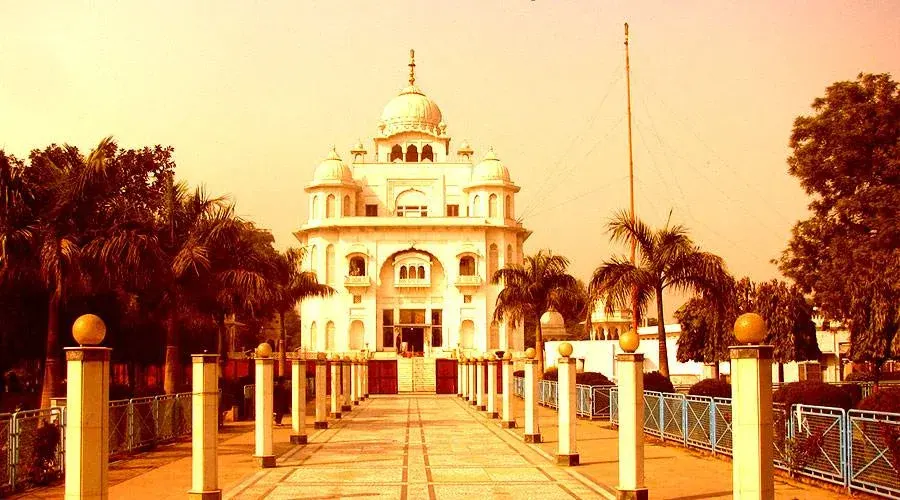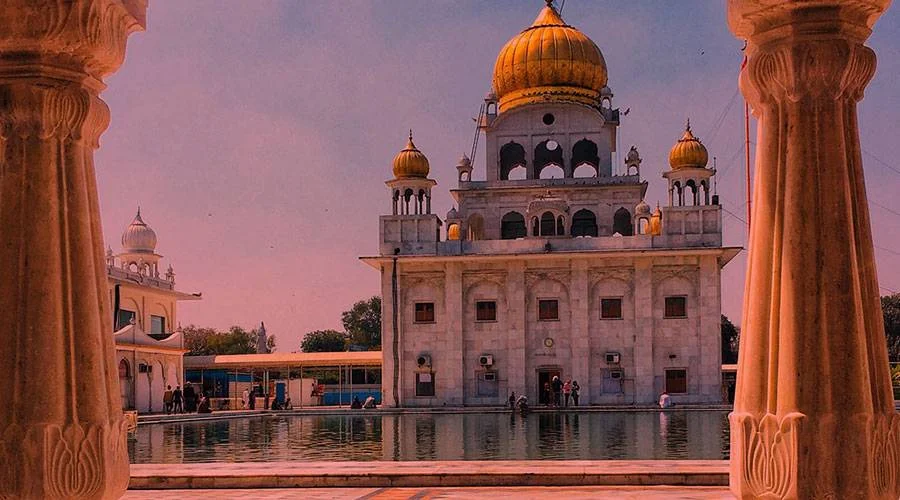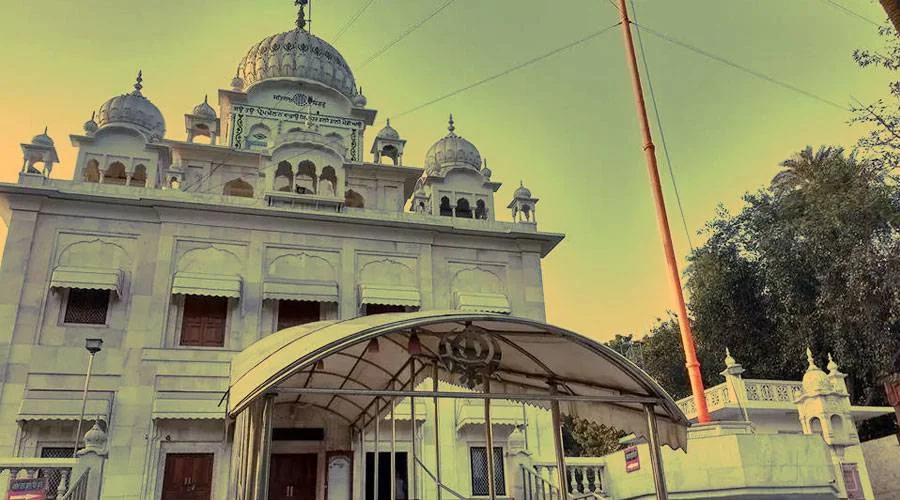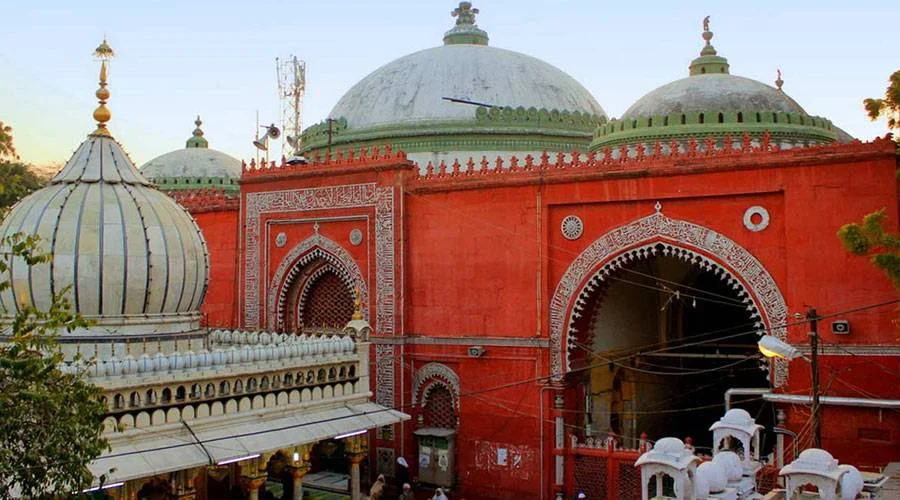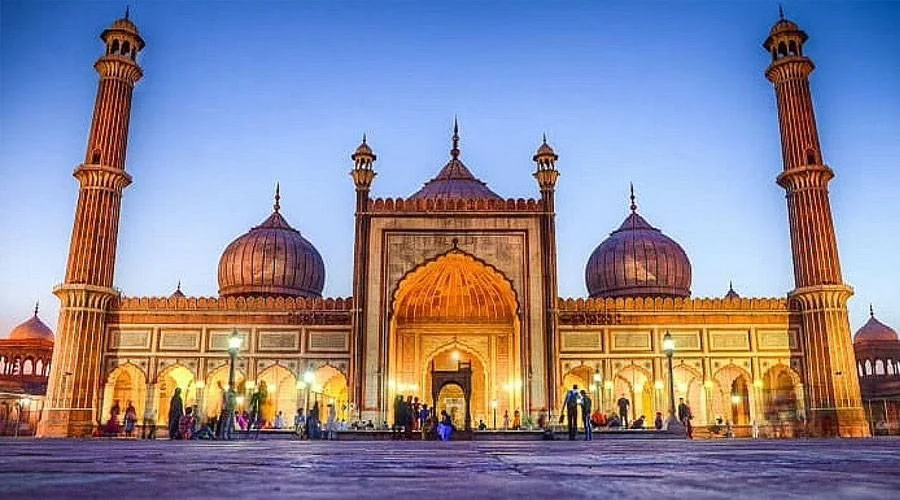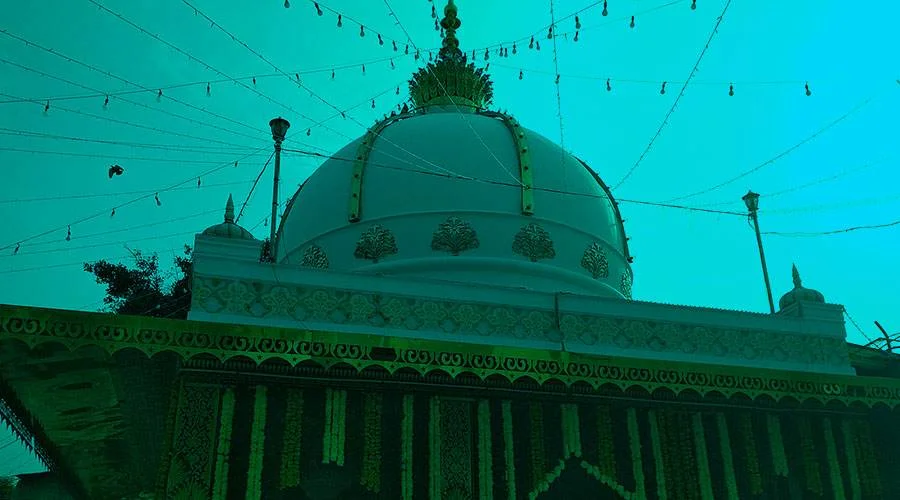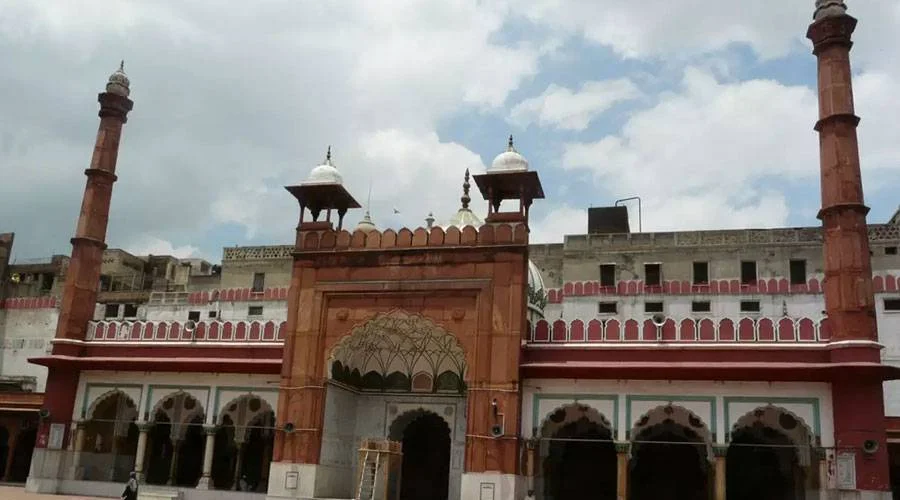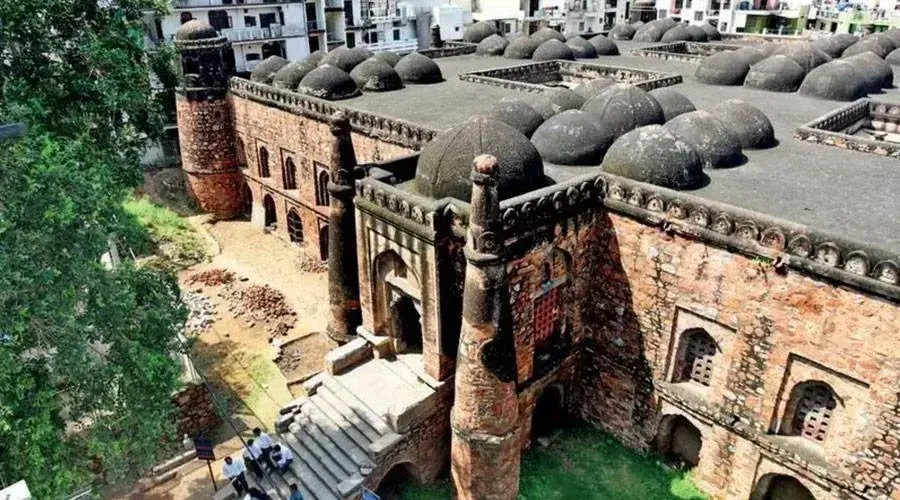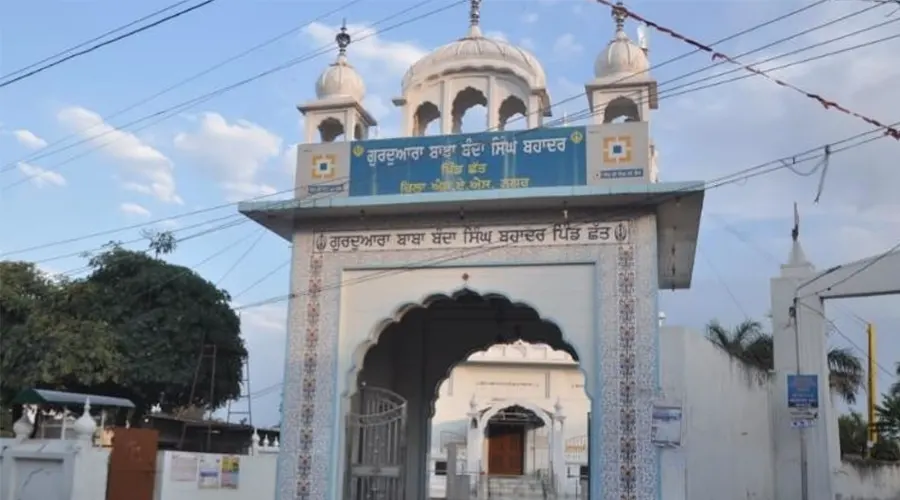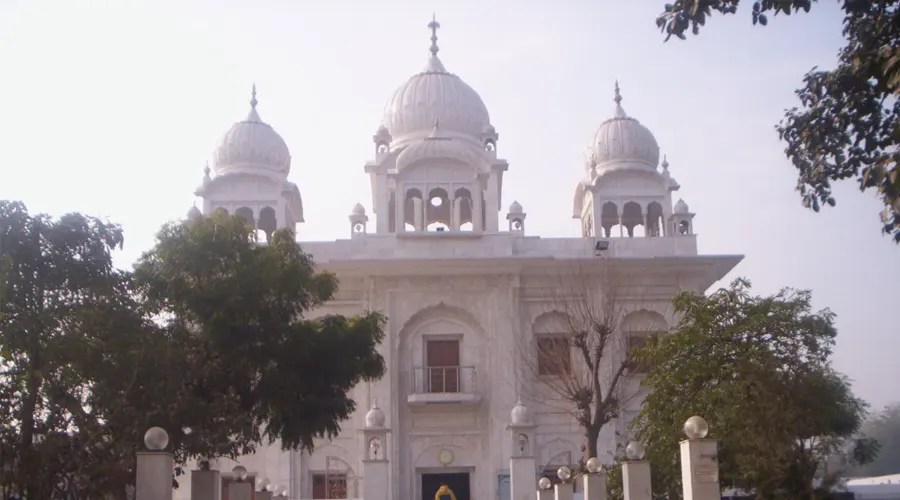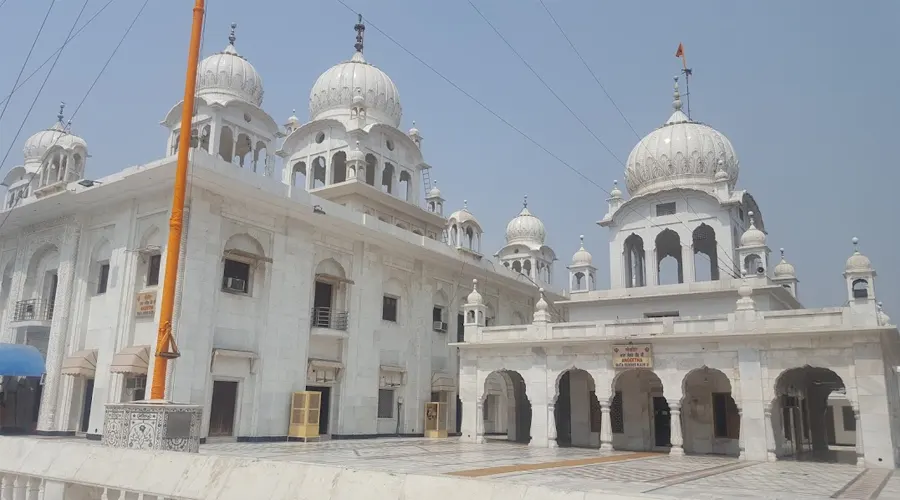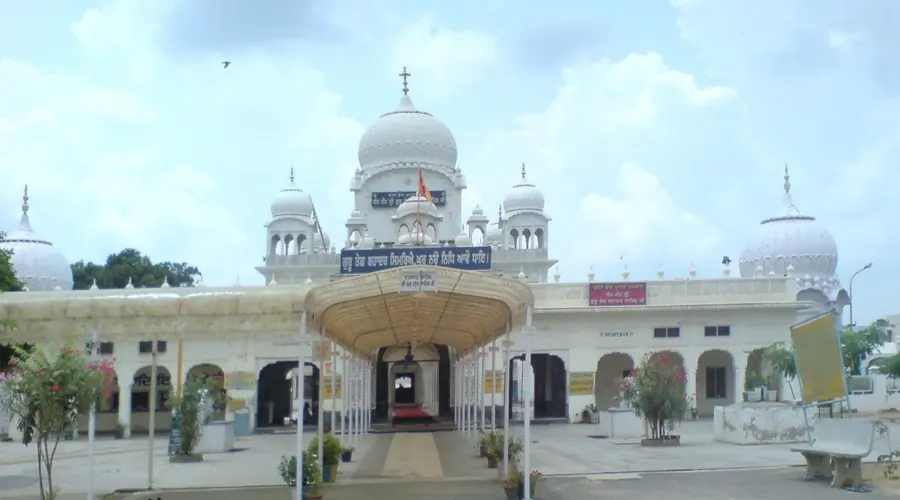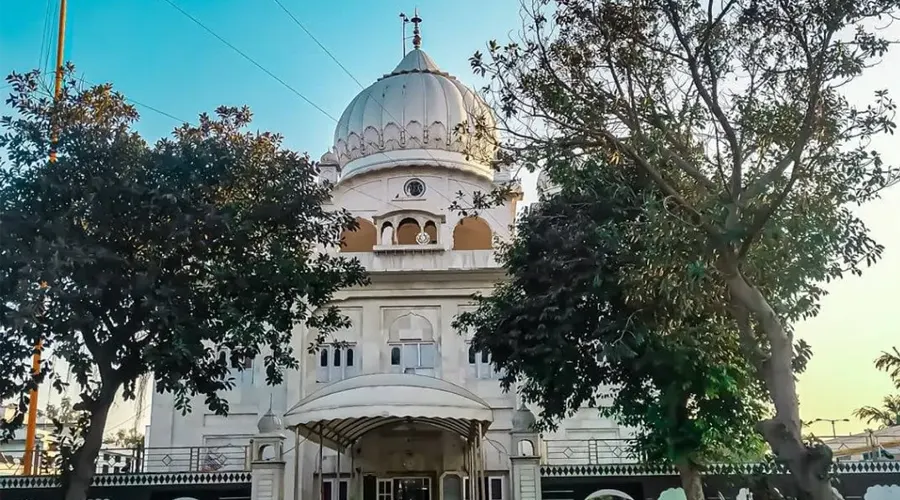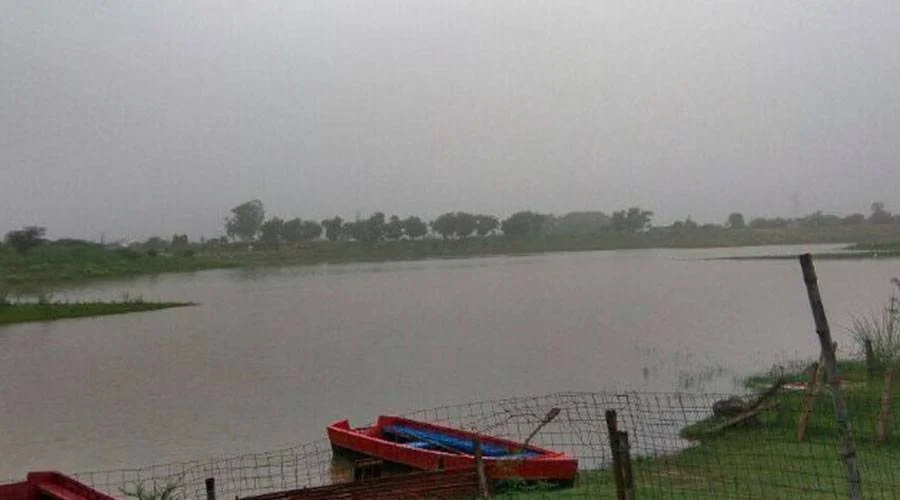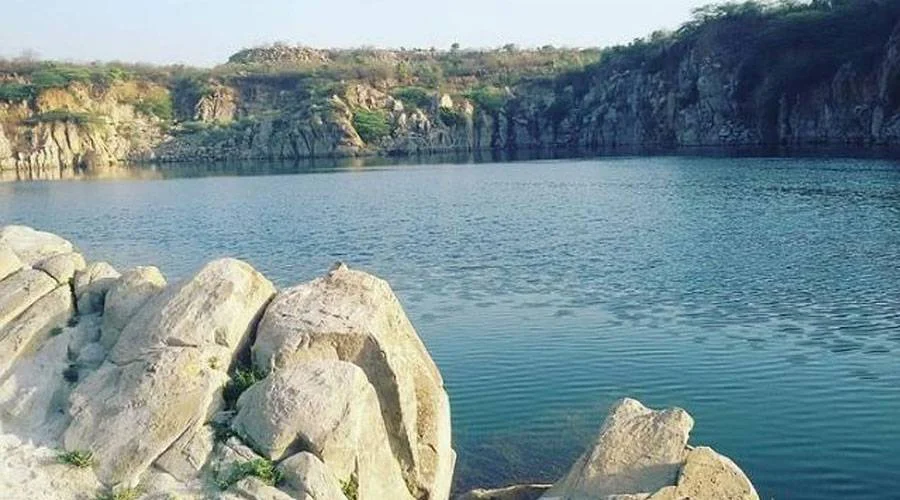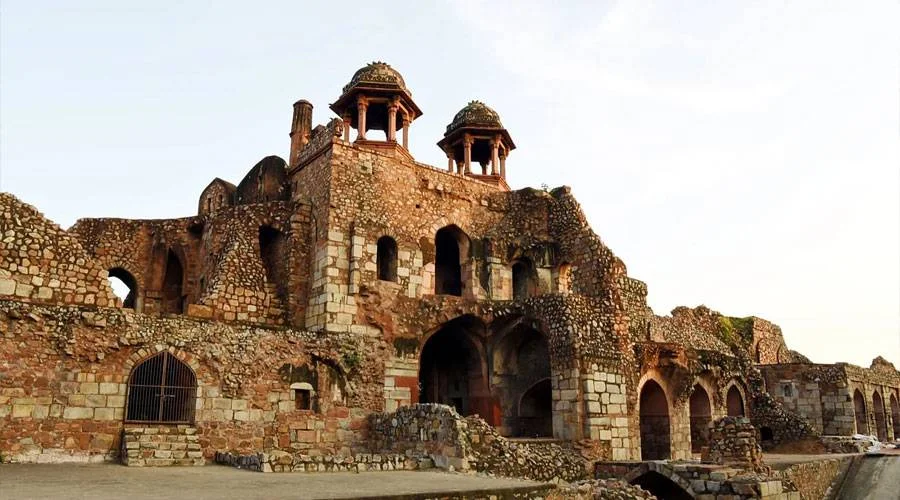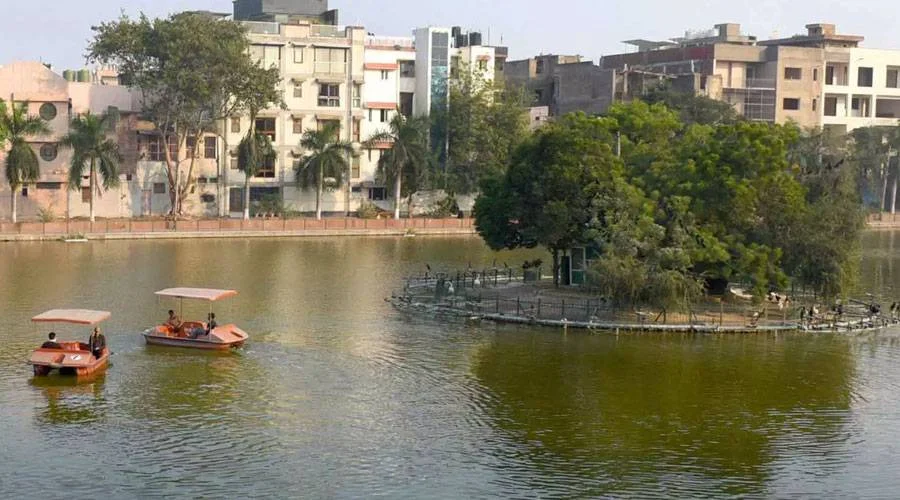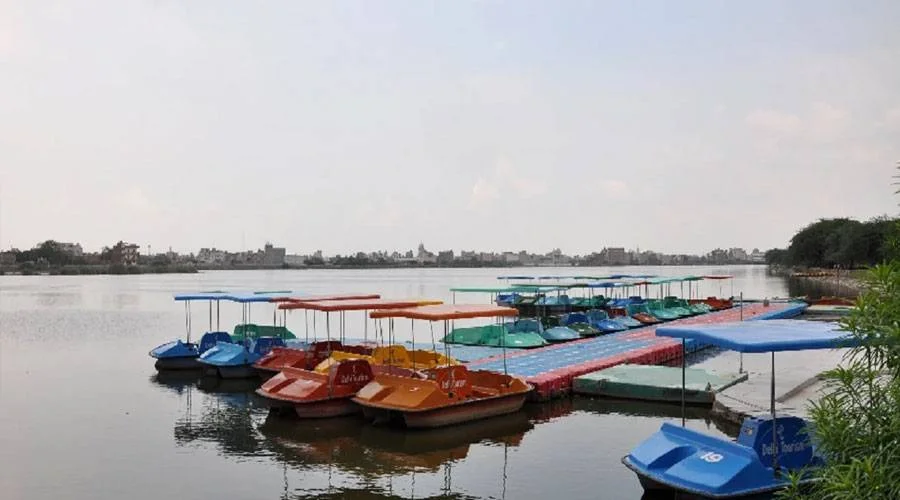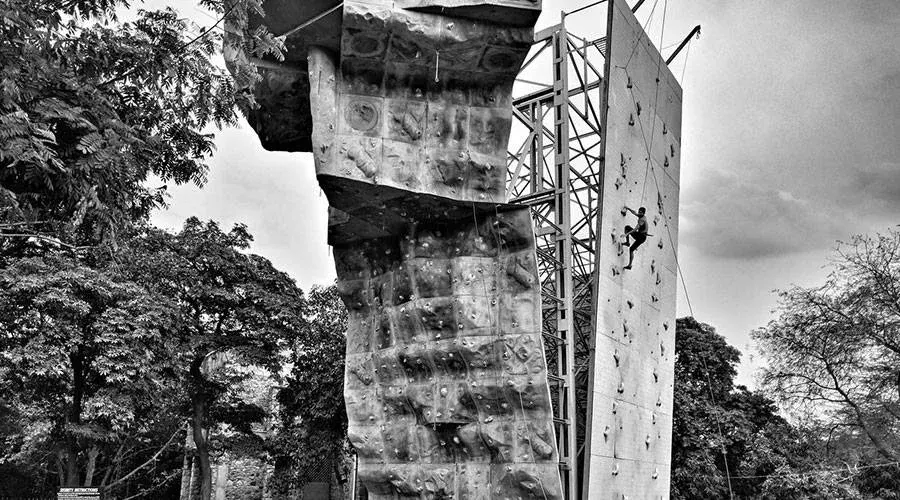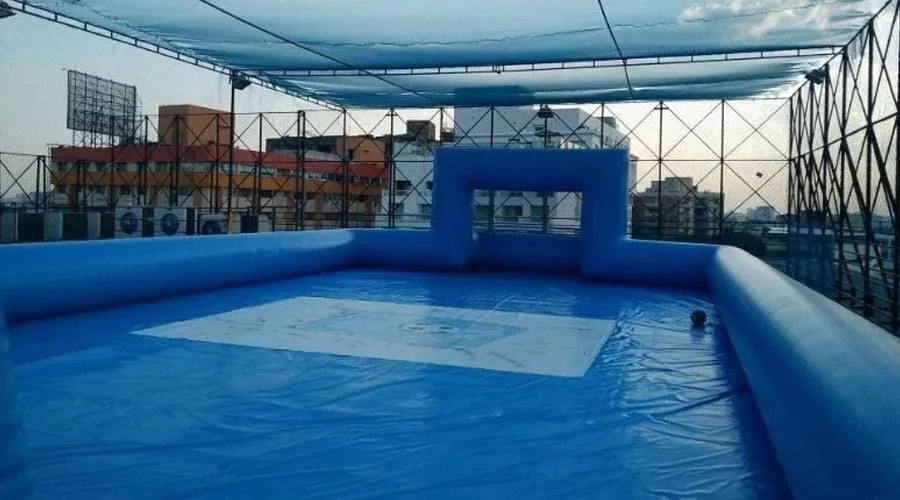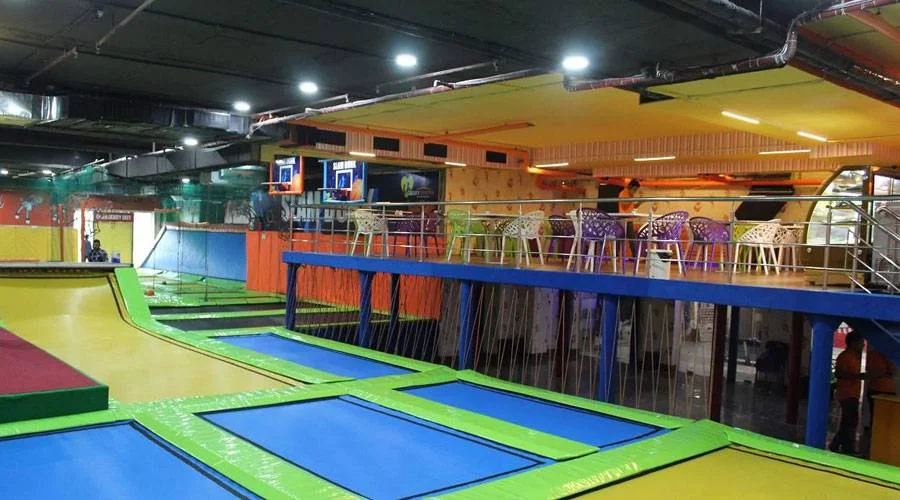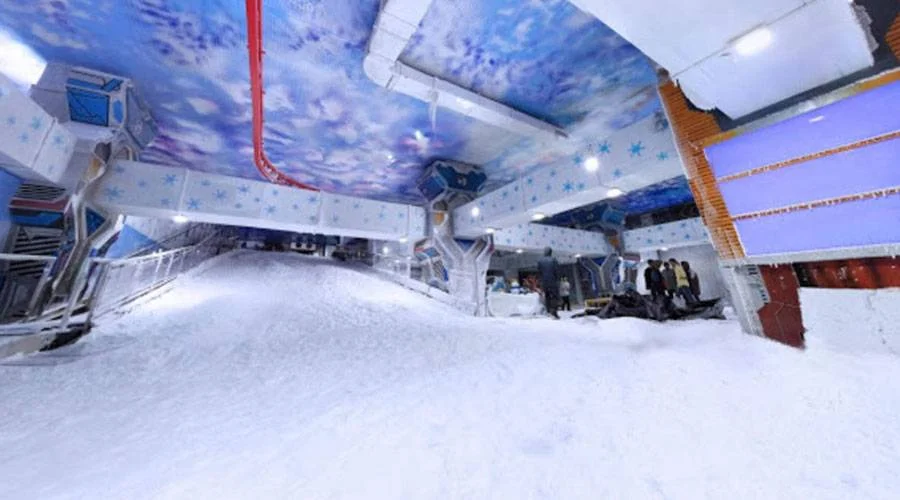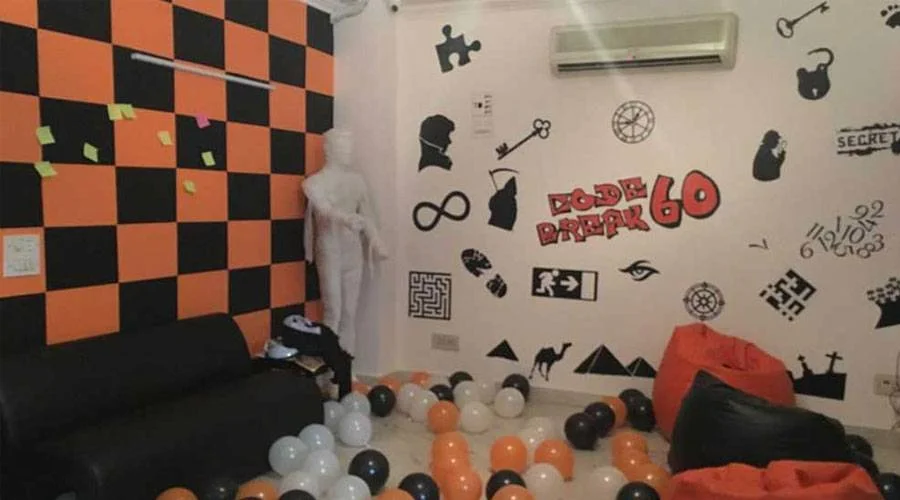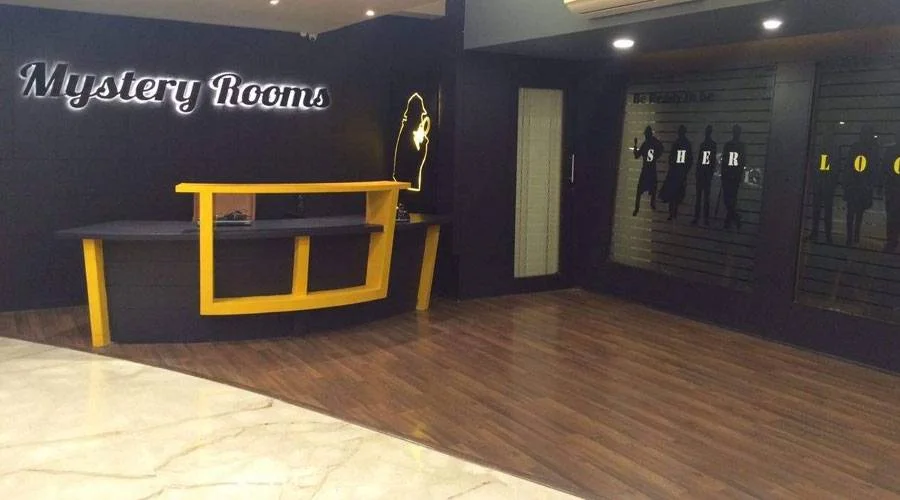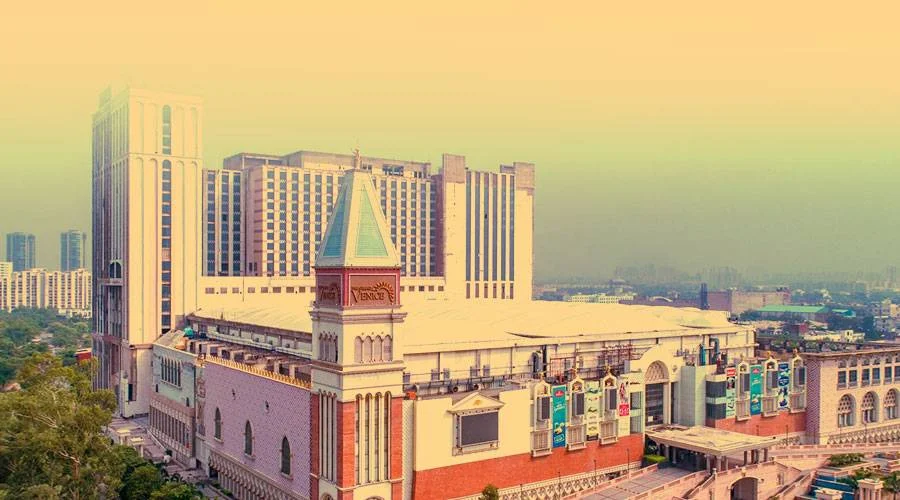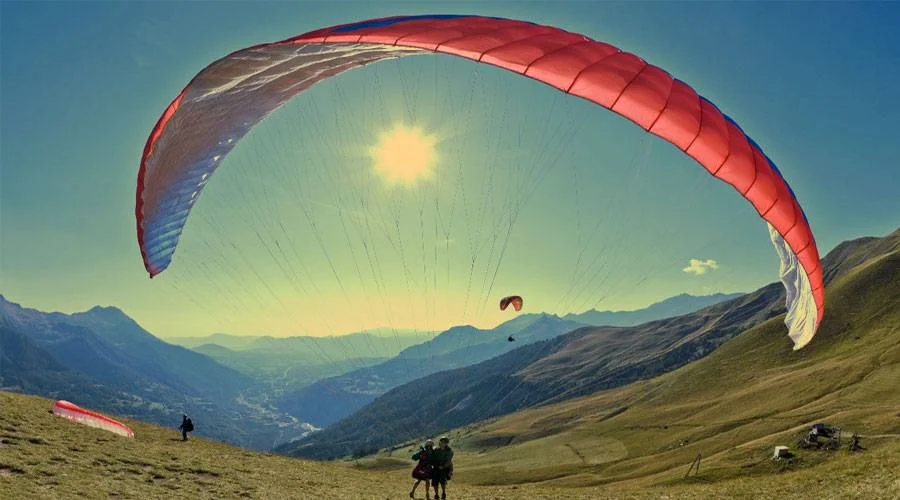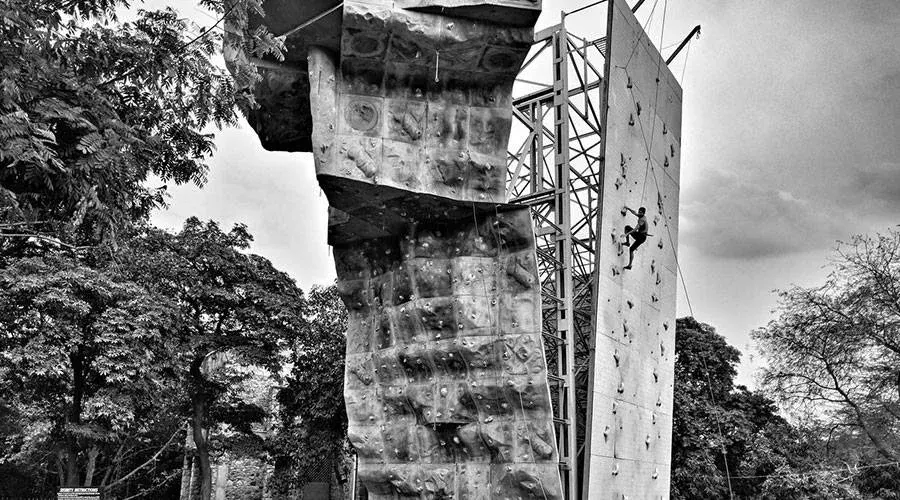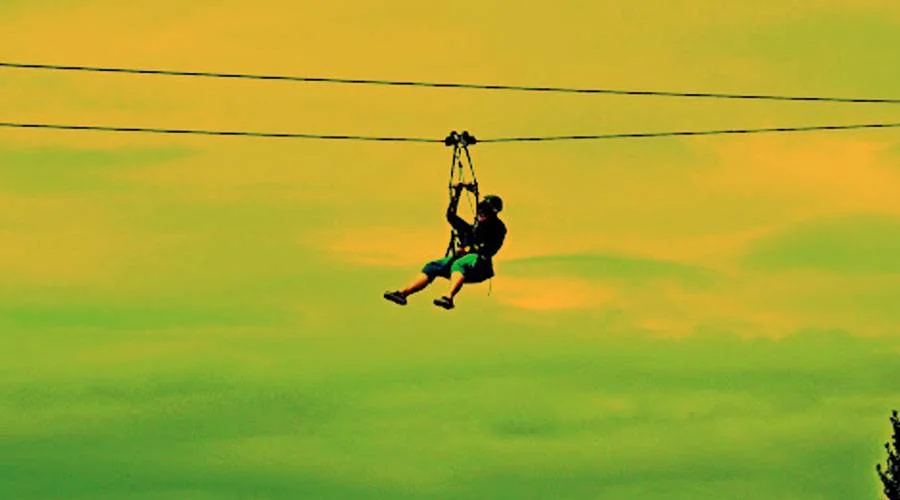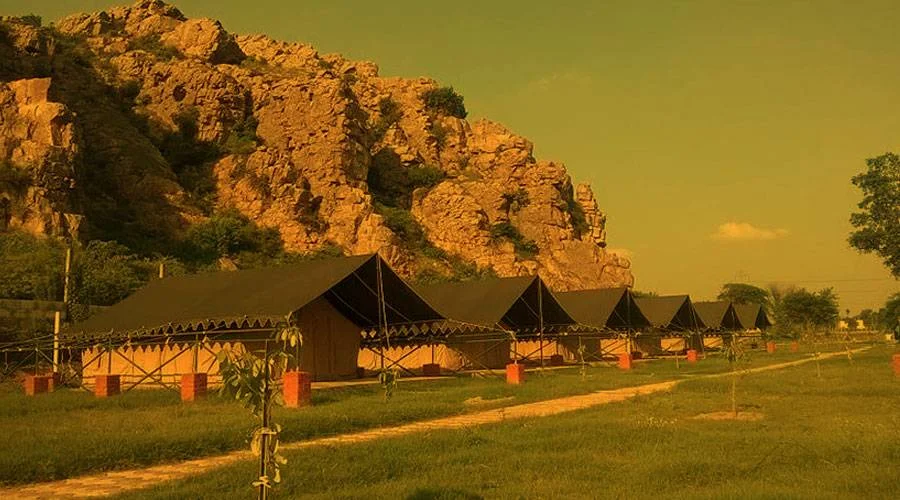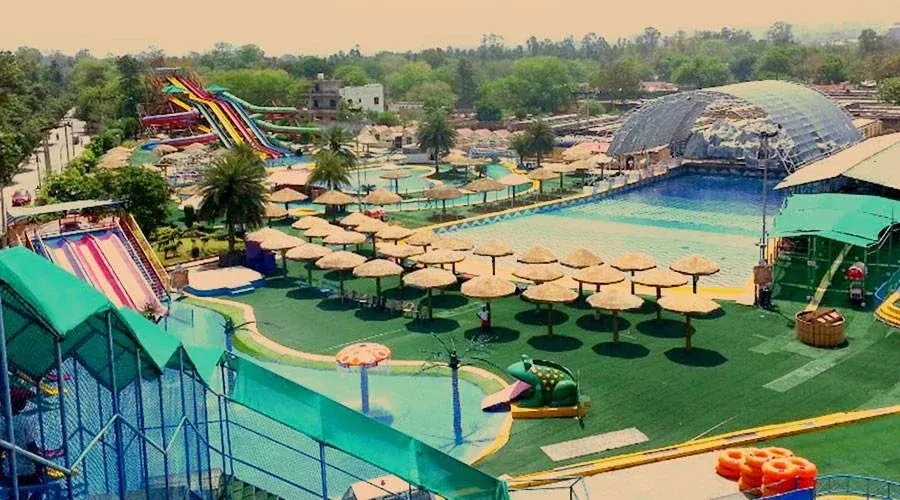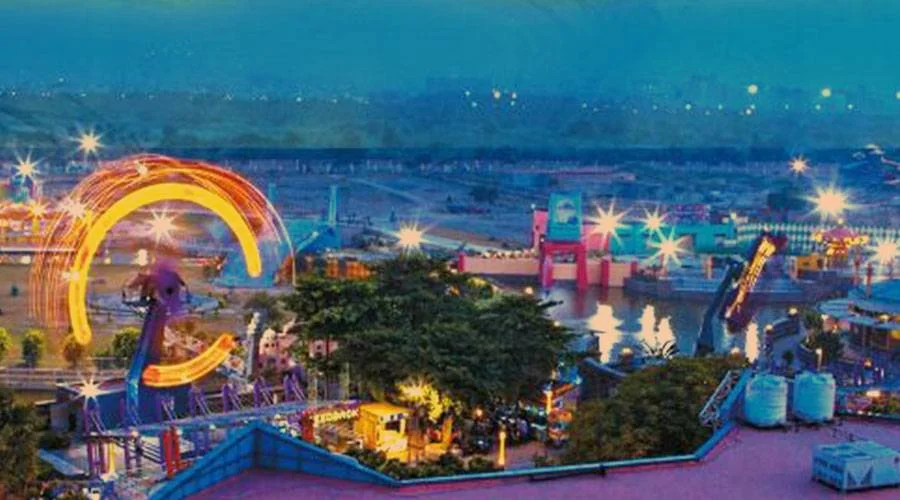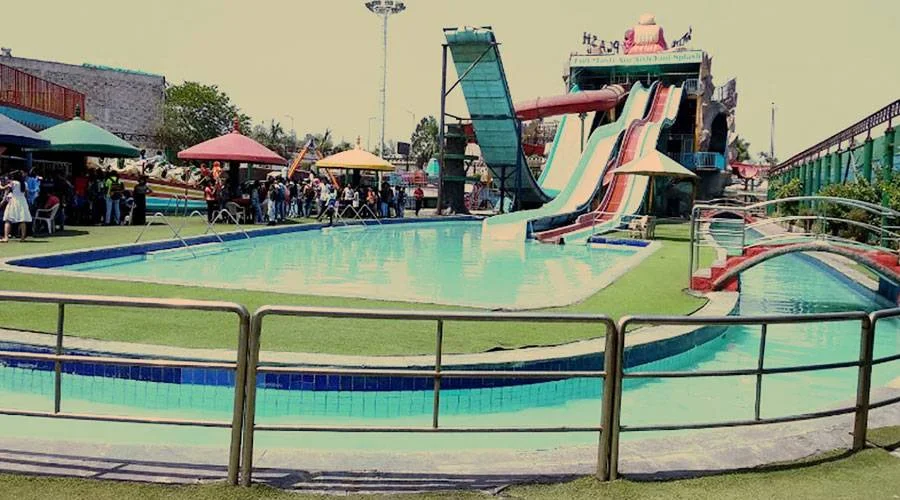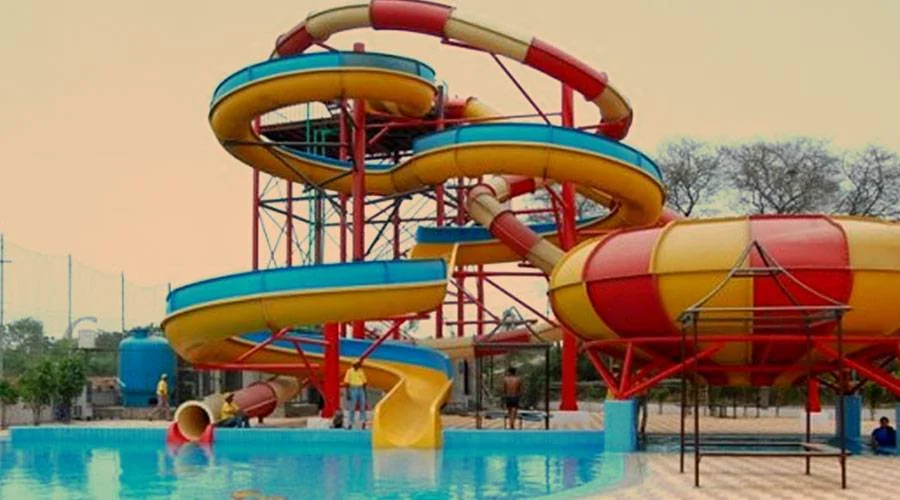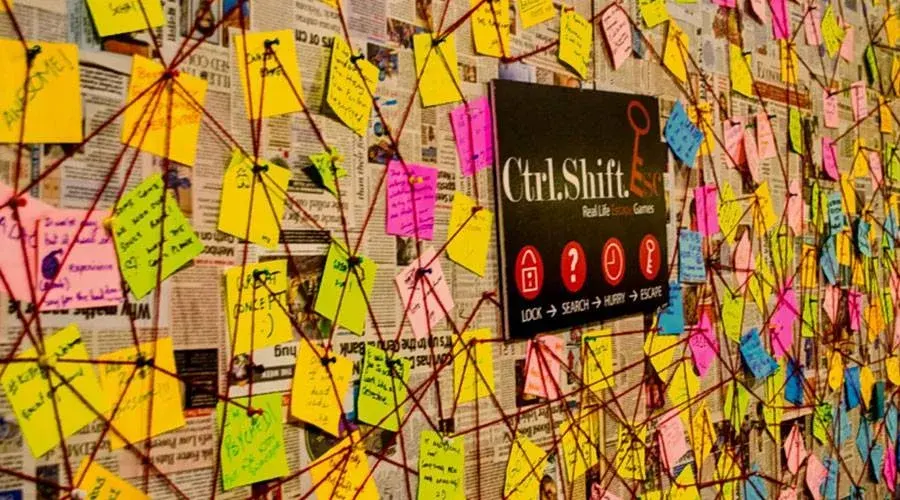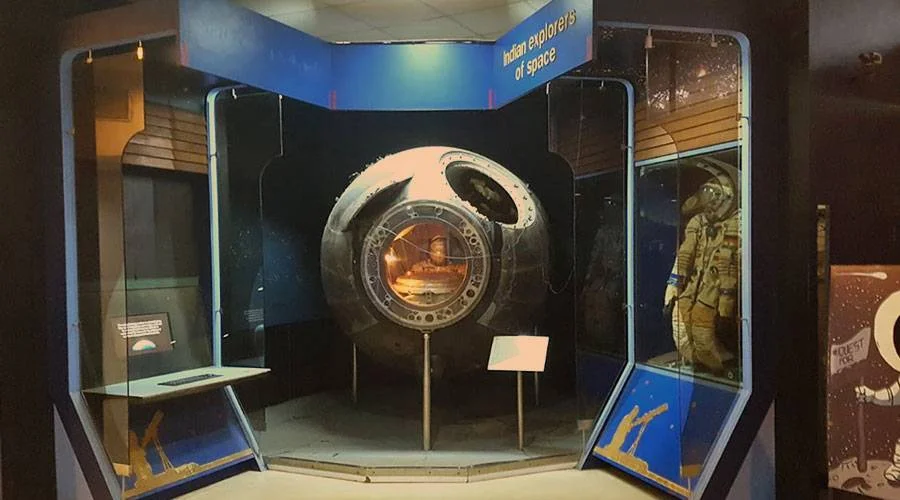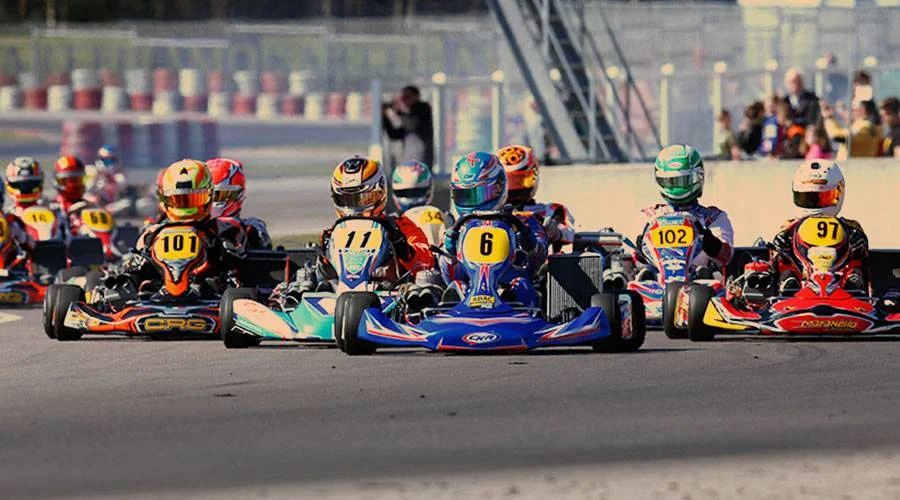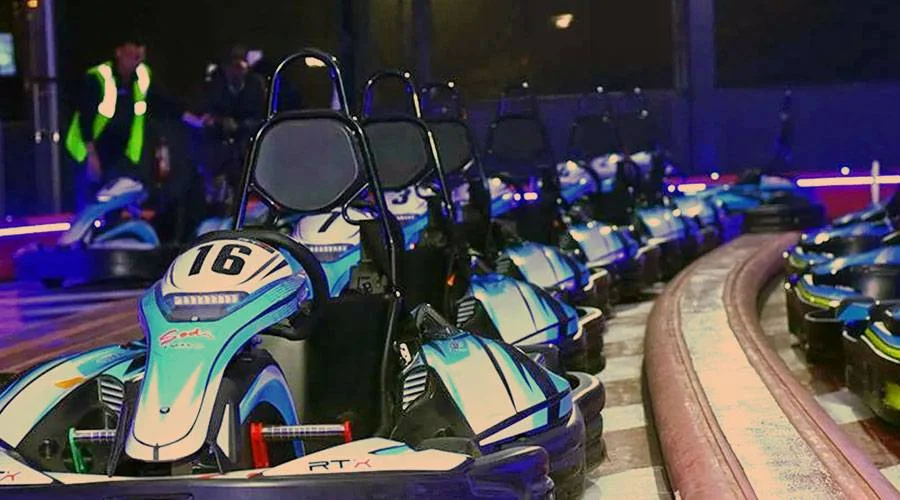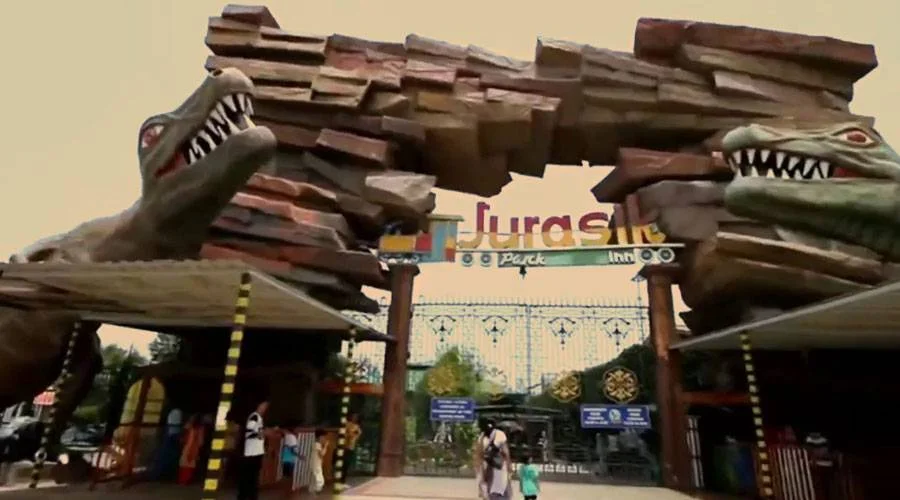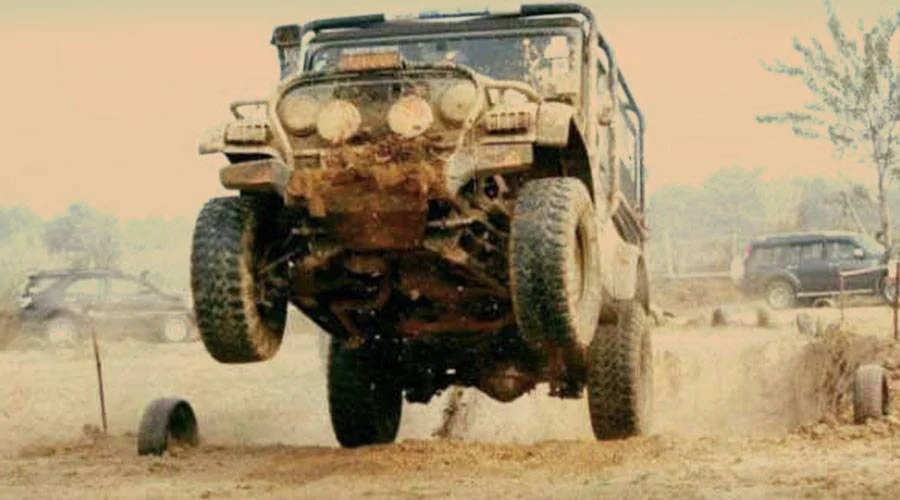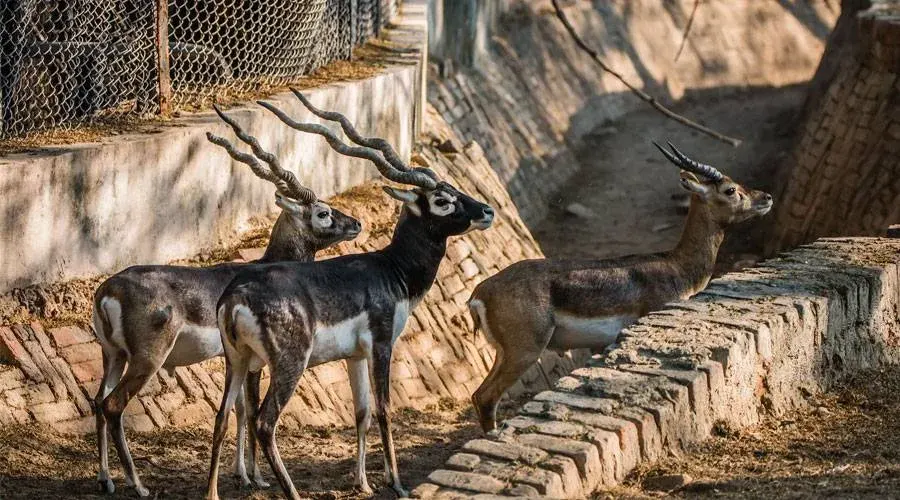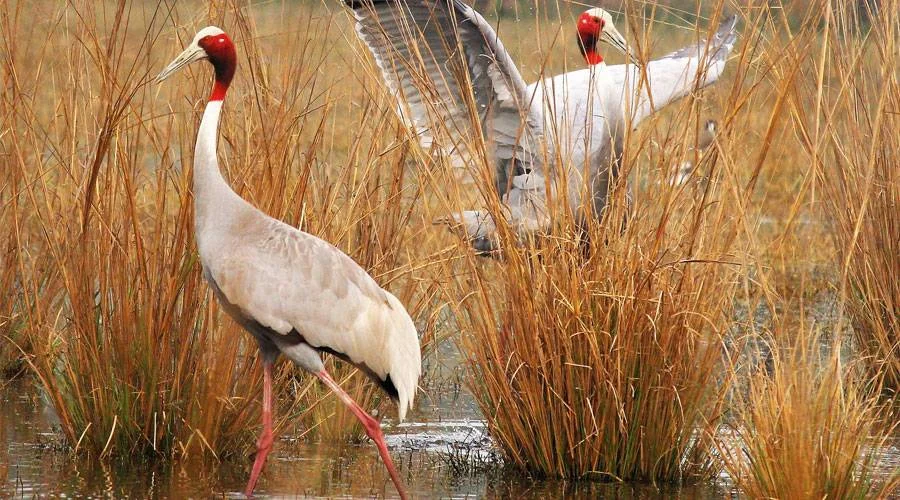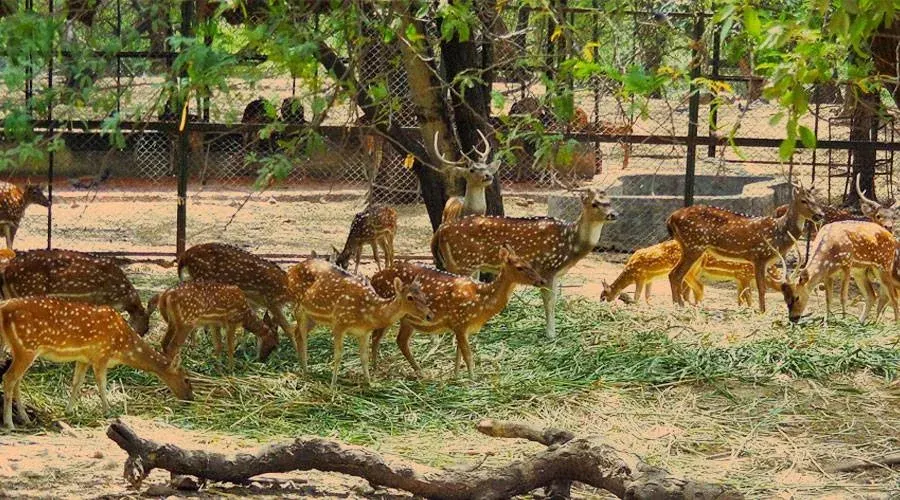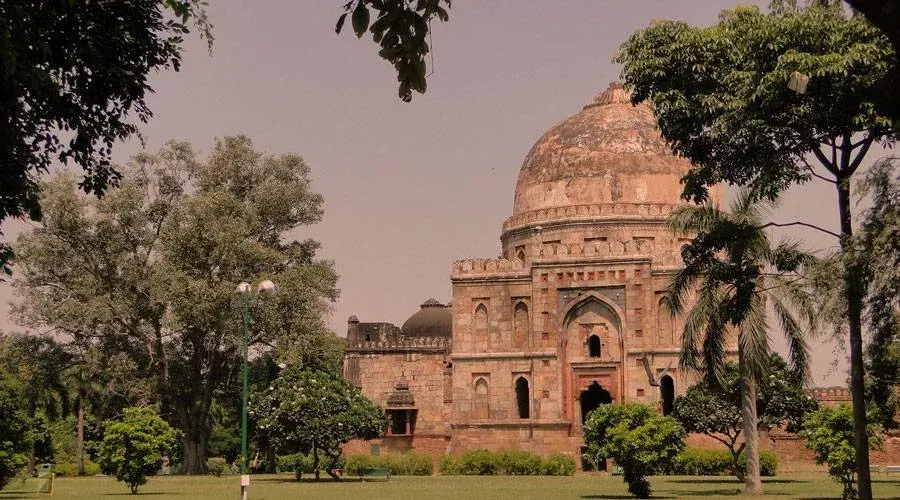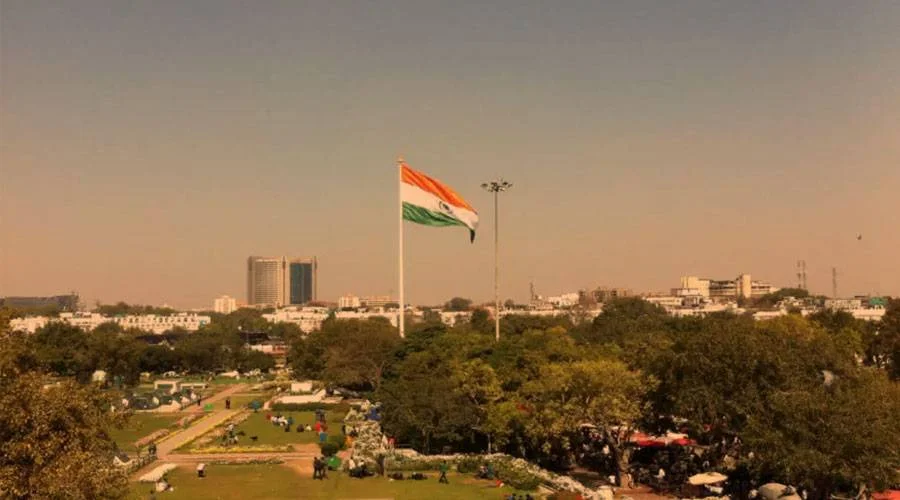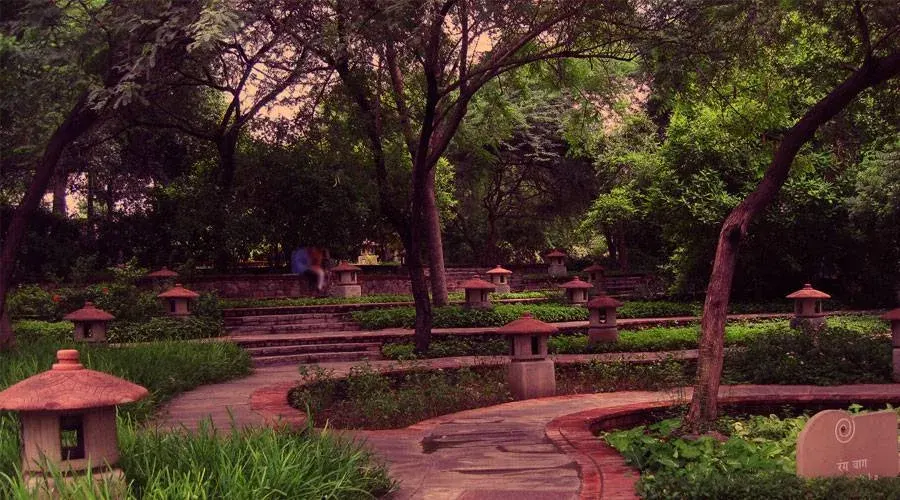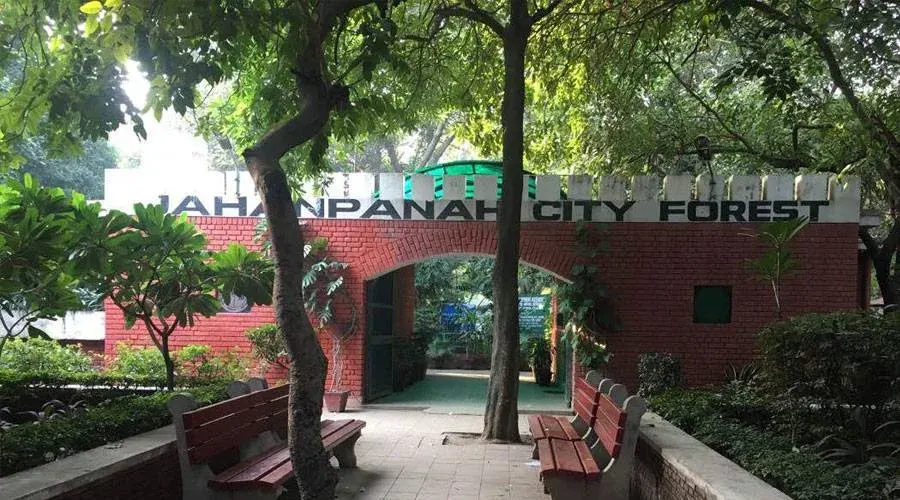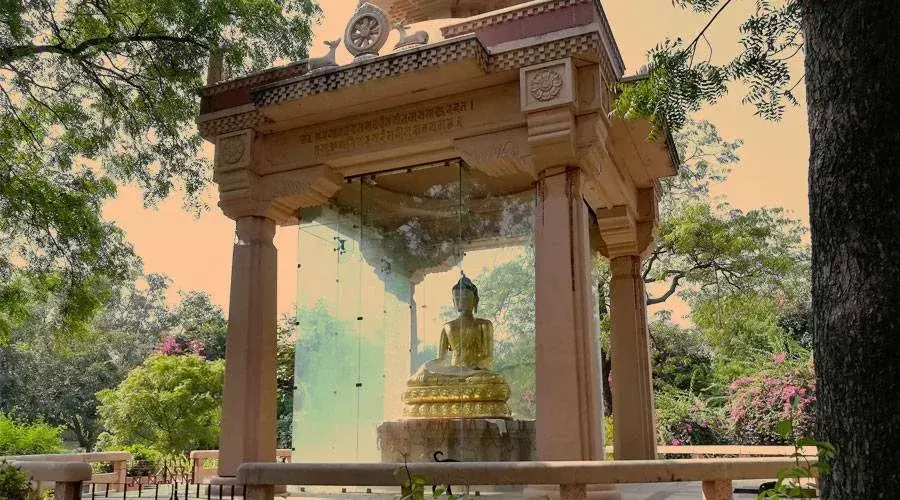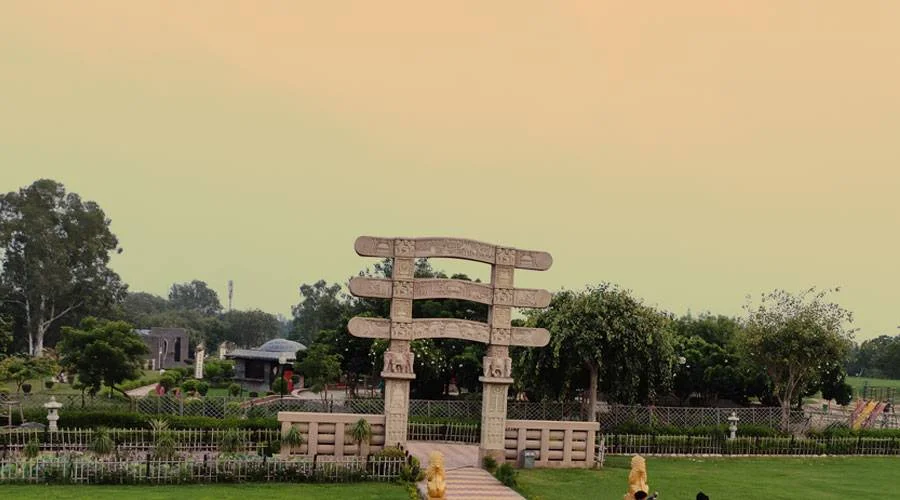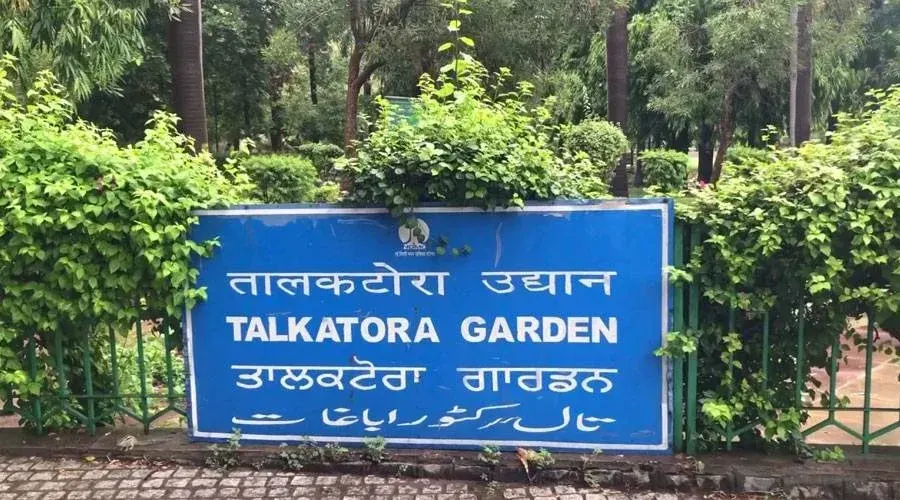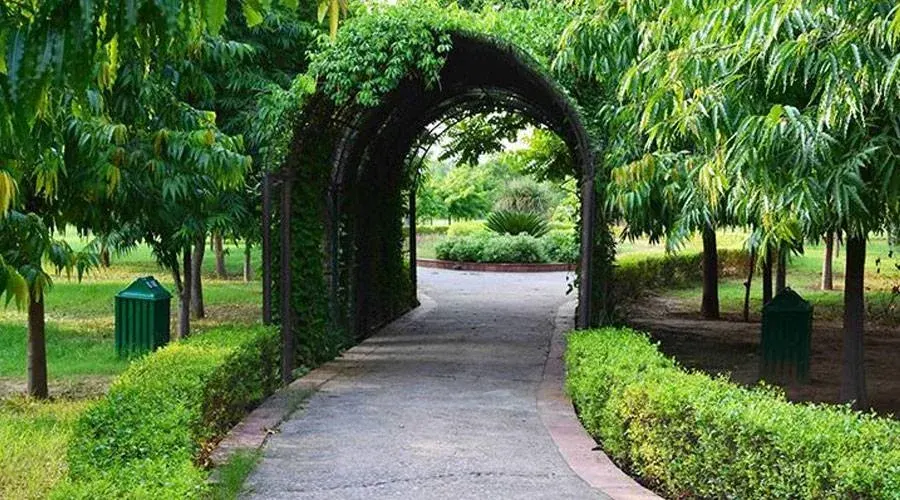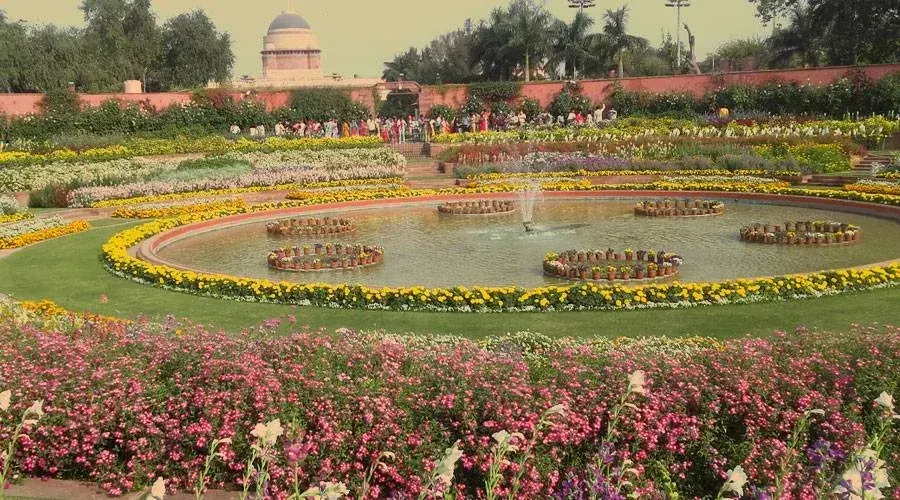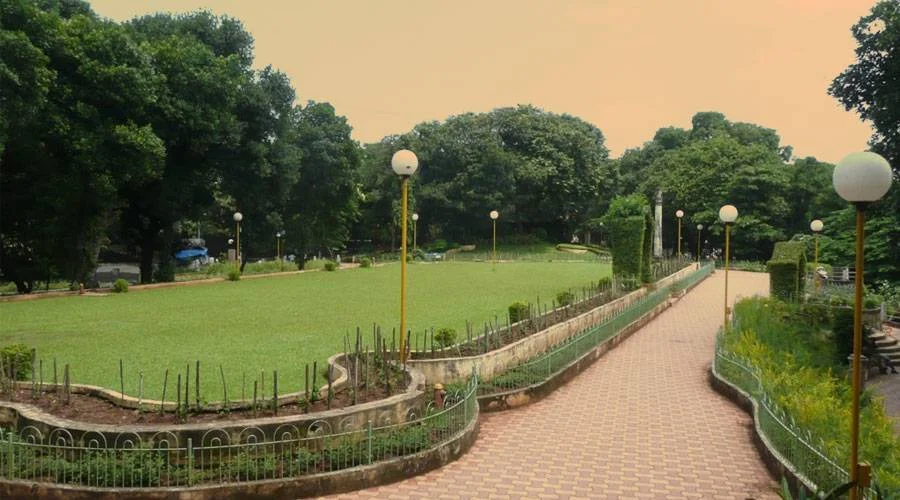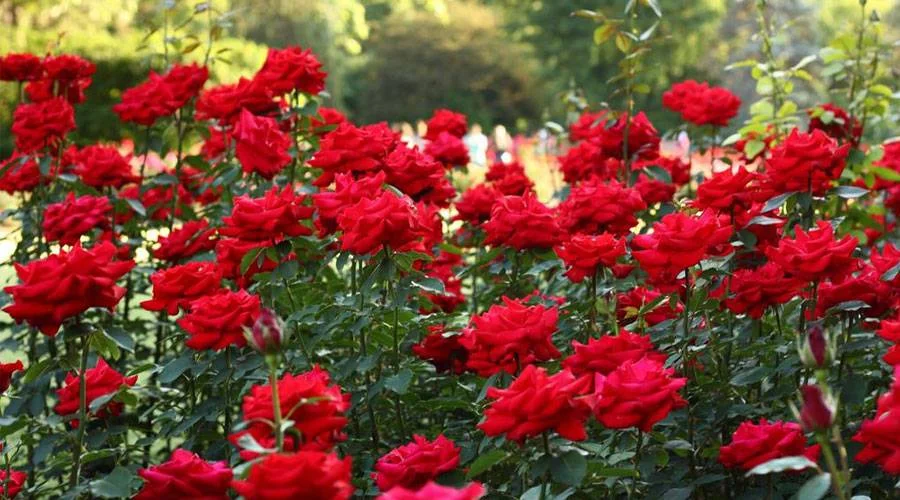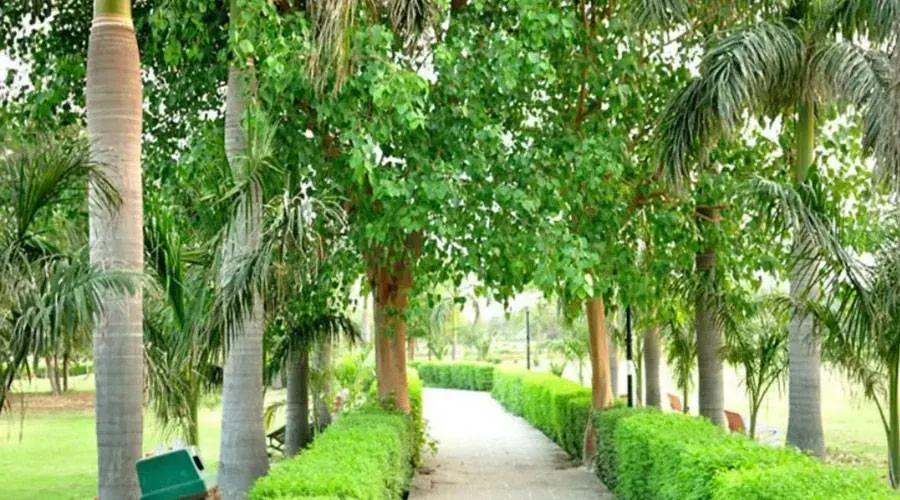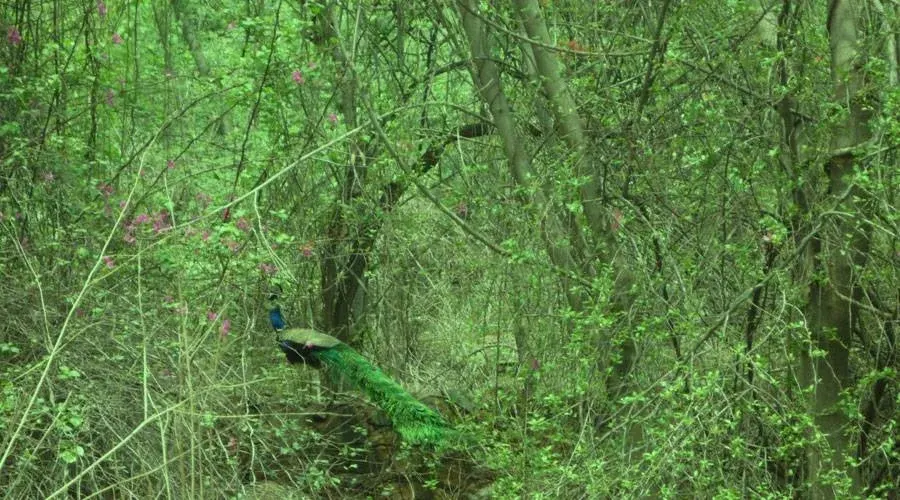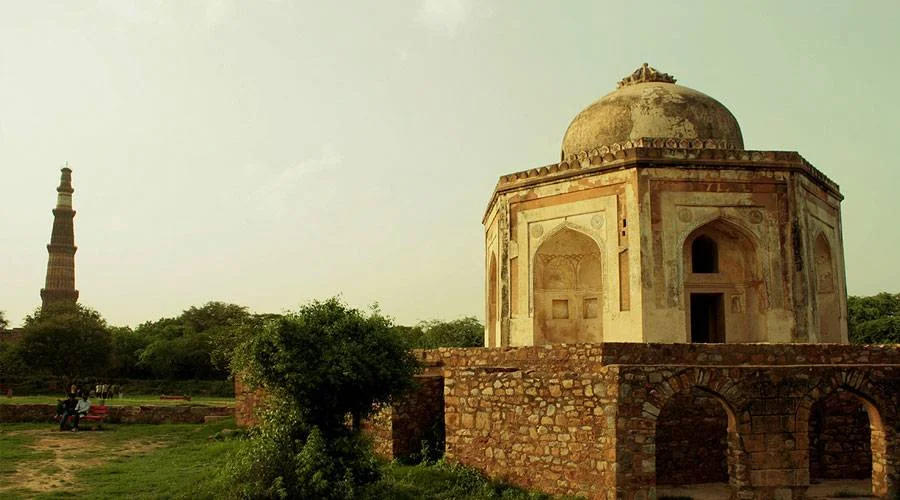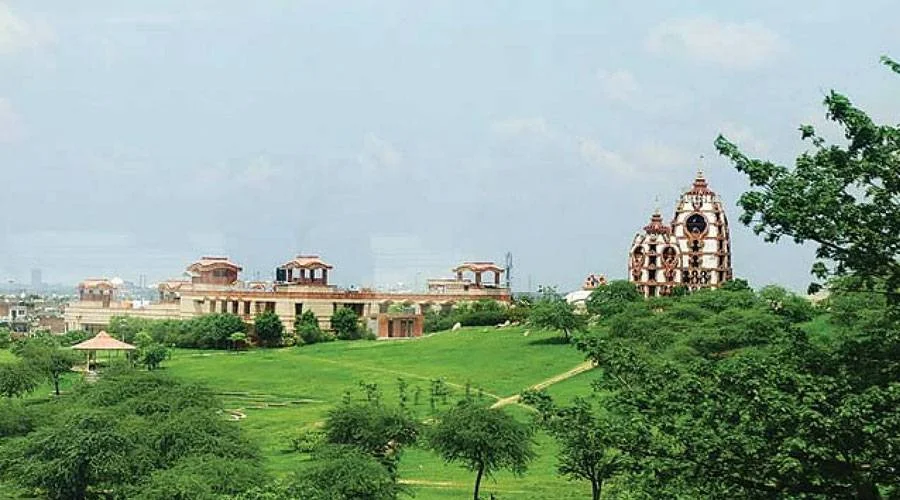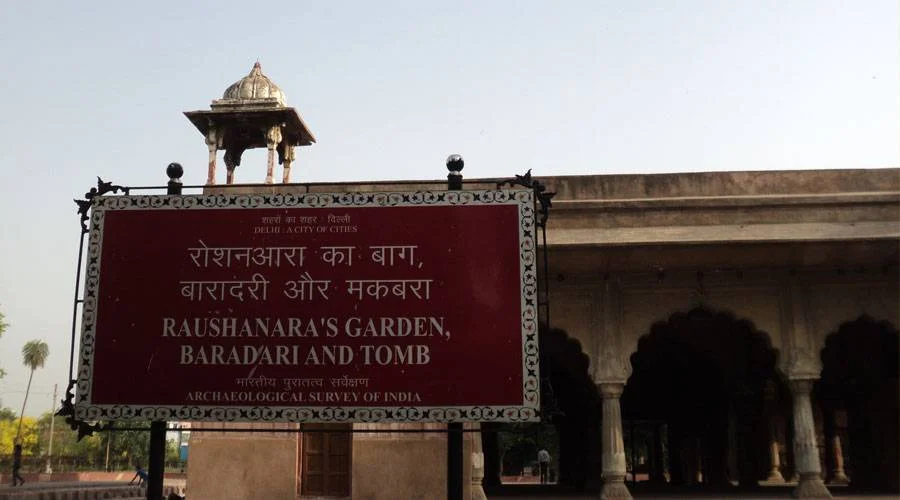Delhi
Delhi is the traditional and present-day capital of India. Delhi stands in a triangle formed by the river Yamuna in the east and spurs from the Aravali range in the west and south.
Delhi is not only the largest commercial center in Northern India but also the largest center of small industries. The IT, handloom, fashion, textile, and electronic industries contribute greatly to Delhi's economy.
Delhi is bounded by four states namely Haryana, Rajasthan, Uttar Pradesh, and Punjab that have a strong influence on the lifestyle of Delhi. Delhi is a cosmopolitan city where people are open to embracing new ideas and lifestyles. People from all parts of the country live here. All major festival of India is celebrated and the Unity in Diversity is evident in social and cultural gatherings. Be it Holi, Diwali, Id, Guru Purab, Buddha Purnima, or Christmas, you will find the same vigor and bliss among people from different communities.
History of Delhi
Delhi has only been India’s capital since 1911. According to Hindu mythology, Delhi’s first avatar was the site of a dazzling wealthy city, Indraprastha, mentioned in the Mahabharata and founded around 2500 BC.
The next five cities were to the south of today’s Delhi. First was Lalkot, which from 1206, became the capital of the Delhi Sultanate under the Slave Dynasty. The story of the first Sultanate of Delhi, Qutb-ud-din Aybak, is a classic rags-to-riches story.
A former slave, he rose through the ranks to become a general, a governor, and then Sultan of Delhi. He is responsible for building Qutub Minar but died before its completion.
The 1300s were a tumultuous time for Delhi, with five cities built during the century. Siri was the first of those whose name derives from the Hindi name for ‘head’. Its founder buried the heads of infidels in the foundation of the fort.
Then was the Tughlaqabad, whose existence came as an end to Sultan of Delhi Muhammad Tughlaq. The founder was so angry that he destroyed the city. Then came the cities of Jahanpanah and Ferozebad.
Delhi’s center of gravity began to move northwards. In 1500 Dinpanah was constructed by Humayun, whose wonderful tomb graces Hazrat Nizamuddin. Shahjahanabad, known as Old Delhi today became one of the richest and most populous cities in the world.
The Persian emperor Nadir Shah invaded, killing many as 120,000 residents in a single bloody night and stealing the Kohinoor Diamond.
The next destroyer of Delhi was the British, who ransacked the city in the wake of the great uprising/ Mutiny of 1857. For the next 50 years, while the port cities of Calcutta and Bombay thrived under the British, Delhi languished. Then in 1911, King George, on a visit to India announced that a new city should be built next to what remained of Delhi and that would be the new capital of India.
The British architect Edwin Lutyens was brought in to design the city and since then the building of the city has not stopped. The central part of New Delhi is an example of Britain’s imperial pretensions. Delhi’s population swelled after the violence of partition, with refugees flooding the city. In the next 10 years, the population of Delhi doubled, and many well-known housing colonies were built during this period.
In 1990 with the economic boom, construction and soaring real estate prices were explosions. Delhi is changing at such a breakneck speed that shops, homes, and even airports seem to appear and disappear almost overnight.
Since then, Delhi has struggled to cope with the effects of pollution, traffic congestion, shortage of water and power, continual construction, and extreme climate.
Now Delhi has reinvented itself as the most forward-thinking and one of the best-run cities in India. A further boost to the city came when it was awarded the 2010 commonwealth games. The games bring much-needed improvement to the city infrastructure, including a new international airport. A large area of slums was cleared to beautify the city. Delhi now is one of the most expensive places to live in India.
Heritage of Delhi
Many bits of the city carry the odds and ends of many powerful empires that ruled here. It has remained a center of politics for centuries. The city has many heritage corners like museums, monuments, minars, tombs, etc. Qutub Minar, Lal Qila, Humayun’s Tomb, and Jantar Mantar are amongst Delhi’s greatest attractions. Jama Masjid is yet another epitome of the city’s golden royals.
This Masjid once built by Shahjahan is now Asia’s biggest mosque. These monuments are not only a visitor’s delight but the places of great archeological importance.
Celebrations and Beliefs of Delhi
Delhi is a wonderful synthesis of plentiful celebrations, festivals, religions, and fairs all year round. One can be a part of a Chhat Puja, Durga Puja, Ganesh Chaturthi, Diwali, Lohri, or Eid irrespective of where one belongs to.
Jama Masjid, Bangla Saheb Gurudwara, St. Thomas Church, and Hanuman Mandir, all go hand in hand and so does all religions.
Cuisines of Delhi
Delhites passionately love food and cuisines from everywhere. They love everything from Cholay bhature to Idli Sambar. Delhi serves everything from Kababas, Naans, and Biriyanis, to Chinese, Italian, and French. From luxury restaurants to street food like chat papri, every corner of Delhi promises a variety of delicacies for its foodie occupants.
Art and Craft in Delhi
Delhi preserves every bit of its history and promotes them in its art galleries like Art Heritage, Lalit Kala Academy, Sanskriti Kendra, Vadhera Art Gallery, and many more such heritage centers.
Delhi’s rich culture is reflected in its regular affairs at Habitat Centre, Dilli Haat, National School of Drama, etc. Delhi is famous for its fine Meenakari work and golden thread zardozi embroidery. Pottery from Delhi is also famous for its clay toys, idols, and decorations apart from those summer season water pots.
These figures bear a tinch of that Mughal culture that survived here long before.
Lifestyle in Delhi
The vibrant modern Delhi is a great contrast to its olden times. Delhi turned a cosmopolitan over the last few years with its emerging new markets, shopping malls, nightclubs, and dance clubs, etc.
A walk-through of the north campus reflects the vastly changed Delhi’s dressing, values, ideas, liveliness, and acceptability towards a new life. Though the majority of Delhi’s population is formed of Hindu Punjabis Delhites who belong to other states enjoy and live the festivities like their own.

